
Visa and entry requirements French Polynesia:
Passport not required
No visa is required
Information from the Foreign Office about your trip to French Polynesia:
https://www.auswaertiges-amt.de/de/frankreichsicherheit/209524
French Polynesia is a group of islands in the Pacific with around 300,000 inhabitants. The territory consists of a total of 133 islands and atolls, which belong to the five archipelagos of the Gambier Islands, Austral Islands, Marquesas Islands, Tuamotu and the Society Islands. The Polynesian archipelago is a French overseas territory and is therefore politically part of France.
The official language in the entire area is French, the central Pacific franc is used as payment, with 1 euro equivalent to around 120 CFP. About 85% of the country's population profess Christianity.
French Polynesia consists primarily of tropical rainforest, with a diverse range of flora and rare animal life. In front of the islands you can find countless corals and a unique collection, including colorful clown and butterfly fish.
The most important, best-known and most populous archipelago of French Polynesia is made up of a total of thirteen society islands: Tahiti, Moorea, Bora Bora, Tetiaroa, Maupihaa, Mehetia, Maiao, Maupiti, Raiatea, Huahine, Tupai, Manuae and Tahaa.
With around 200,000 inhabitants, Tahiti is the island with the largest population in all of French Polynesia. The island is the political and economic center of the country and consists of two parts, Tahiti Nui and Tahiti Iti.
The largest cities in Tahiti include Papeete, Faa'a, Punaauia, Pirae, Papara, Mahina, Arue, Paea and Taiarapu-Est.
The highest point in Tahiti, also in the tropical archipelago of French Polynesia, is the 2,241 meter high Mont Orohena.
Tahiti's most important economic sectors are tourism and the pearl trade. The capital of the island is Papeete with around 32,000 inhabitants. Papeete also has French Polynesia's main airport and largest port.
Tahiti's major attractions include Notre Dame Cathedral, Paofei Gardens, Local History Museum, Pearl Museum, Papeete City Market, historic Venus Point and its lighthouse, Faarumai Falls, Maraa Cave, Bougainville Park, the Punaauia Beach, the Fautaua Waterfall, the Protestant Temple and the Art Gallery.
In March 2019 I visited French Polynesia for the first time, as the fourth to last country on my long Pacific tour. Due to my previously unplanned long stay in Samoa, I unfortunately had to shorten my time considerably, so I only had enough time for two days in Tahiti. Nevertheless, this trip there was extremely pleasant and, due to the many activities I did, also very intensive.
Tahiti actually has everything to offer that makes a tourist's heart beat faster. Everything on the island is superbly organized, in great condition and perfect for foreign visitors.
The capital Papeete has some beautiful buildings and its many parks invite you to linger. Even though the city isn't particularly big, I always found a corner where I could comfortably drink coffee and enjoy the beauty of this Pacific island.
Surprisingly, many residents in Tahiti speak good English, which is not always the case in the other French overseas territories. The entire capital is fully focused on tourism and offers plenty of cozy bars and restaurants.
During a full-day trip to the island, I was able to convince myself of the impressive island landscape and the exclusively friendly residents.
However, French Polynesia is not exactly cheap, especially the prices in the hotels and restaurants are quite high, not to mention the many resorts. A so-called dream vacation also has its special costs, but with these many different islands in the Pearl of the Pacific, you basically can't go wrong. Therefore, this special part of the South Seas is definitely worth a trip and I highly recommend it.

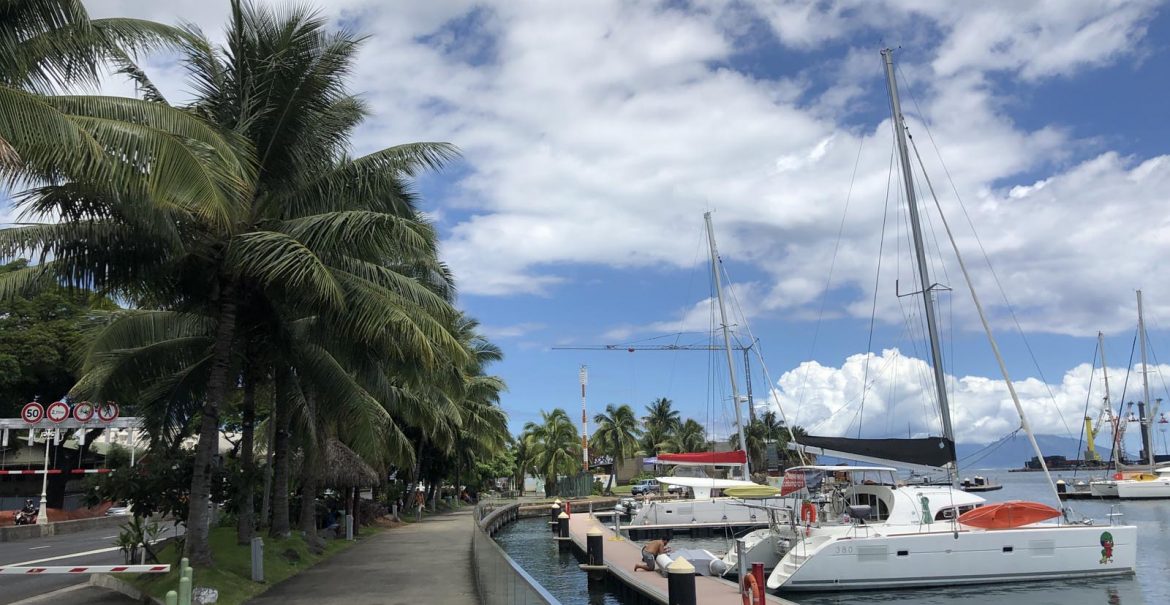

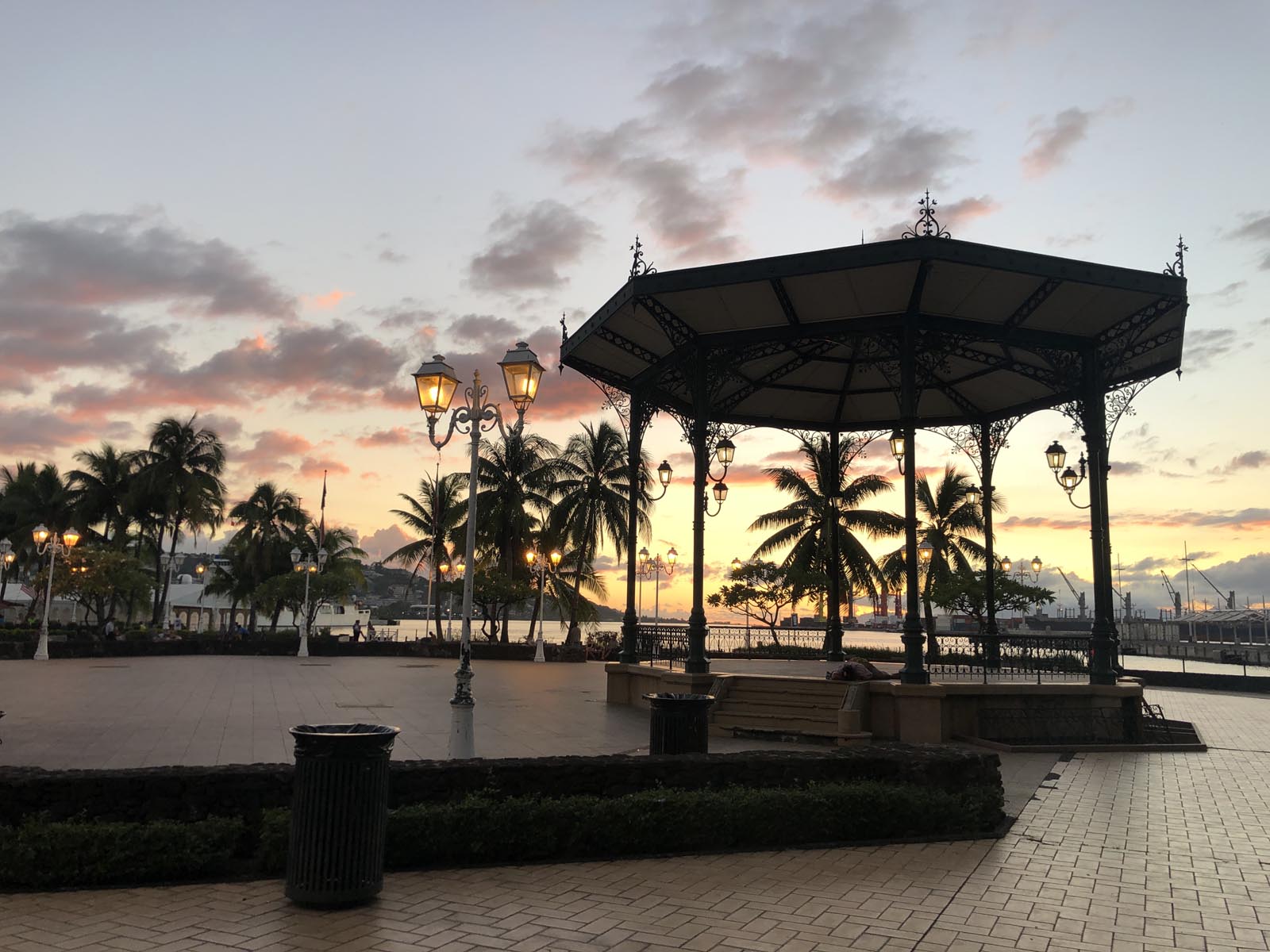


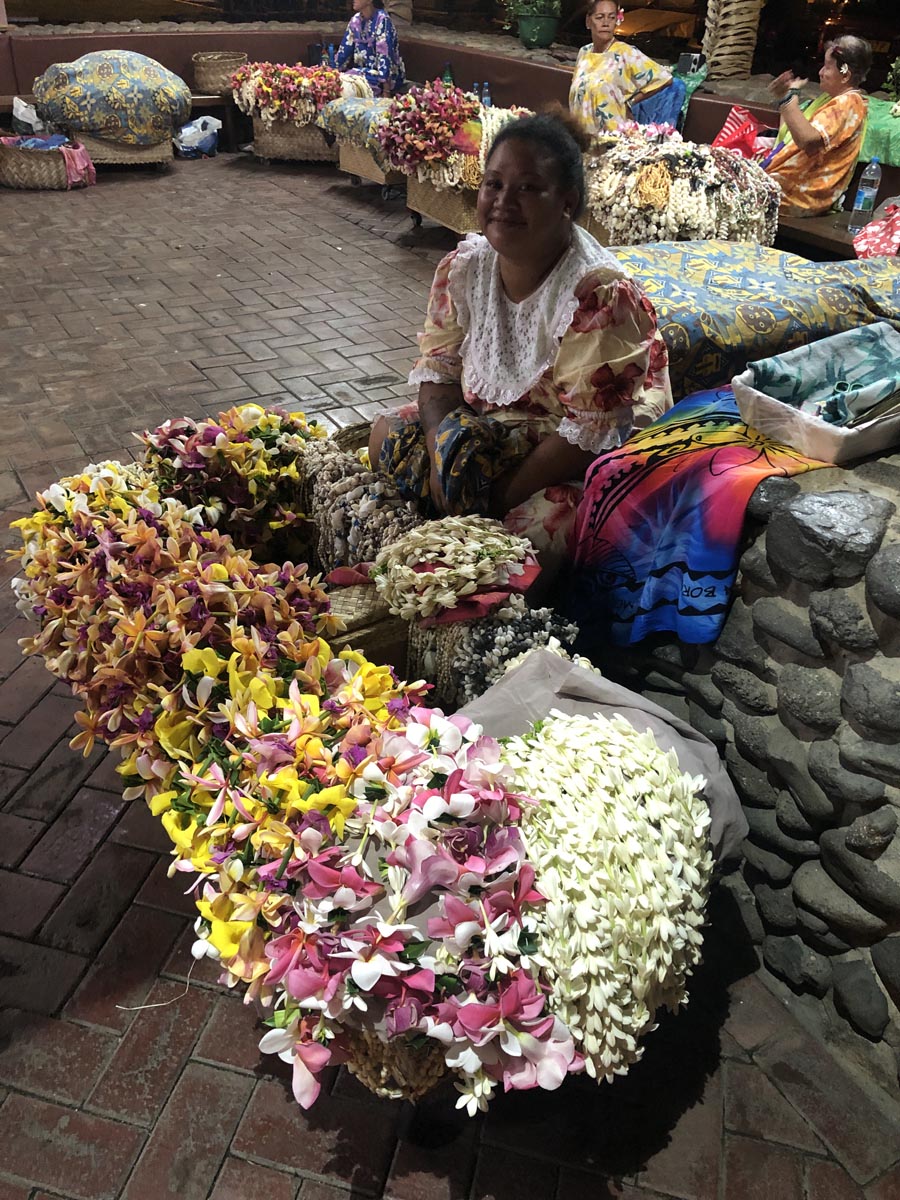

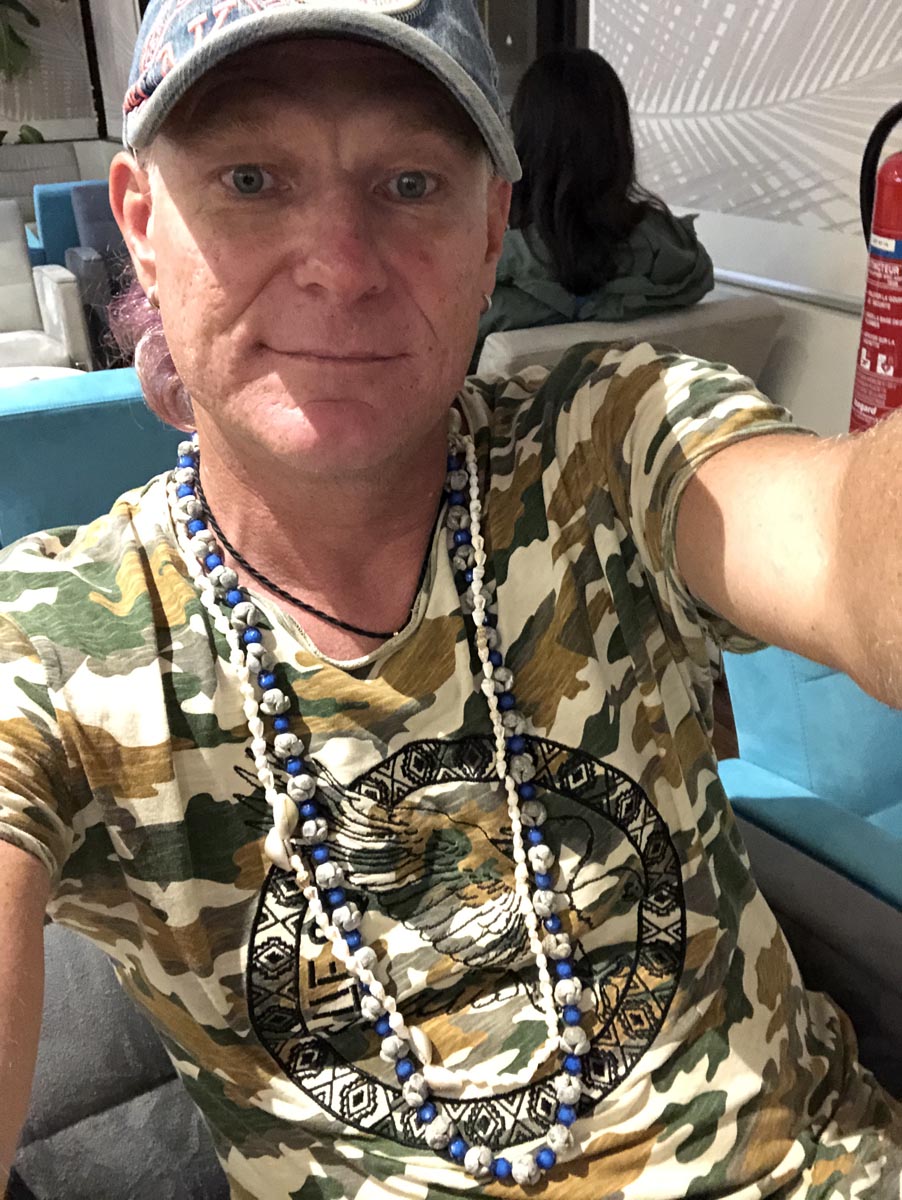

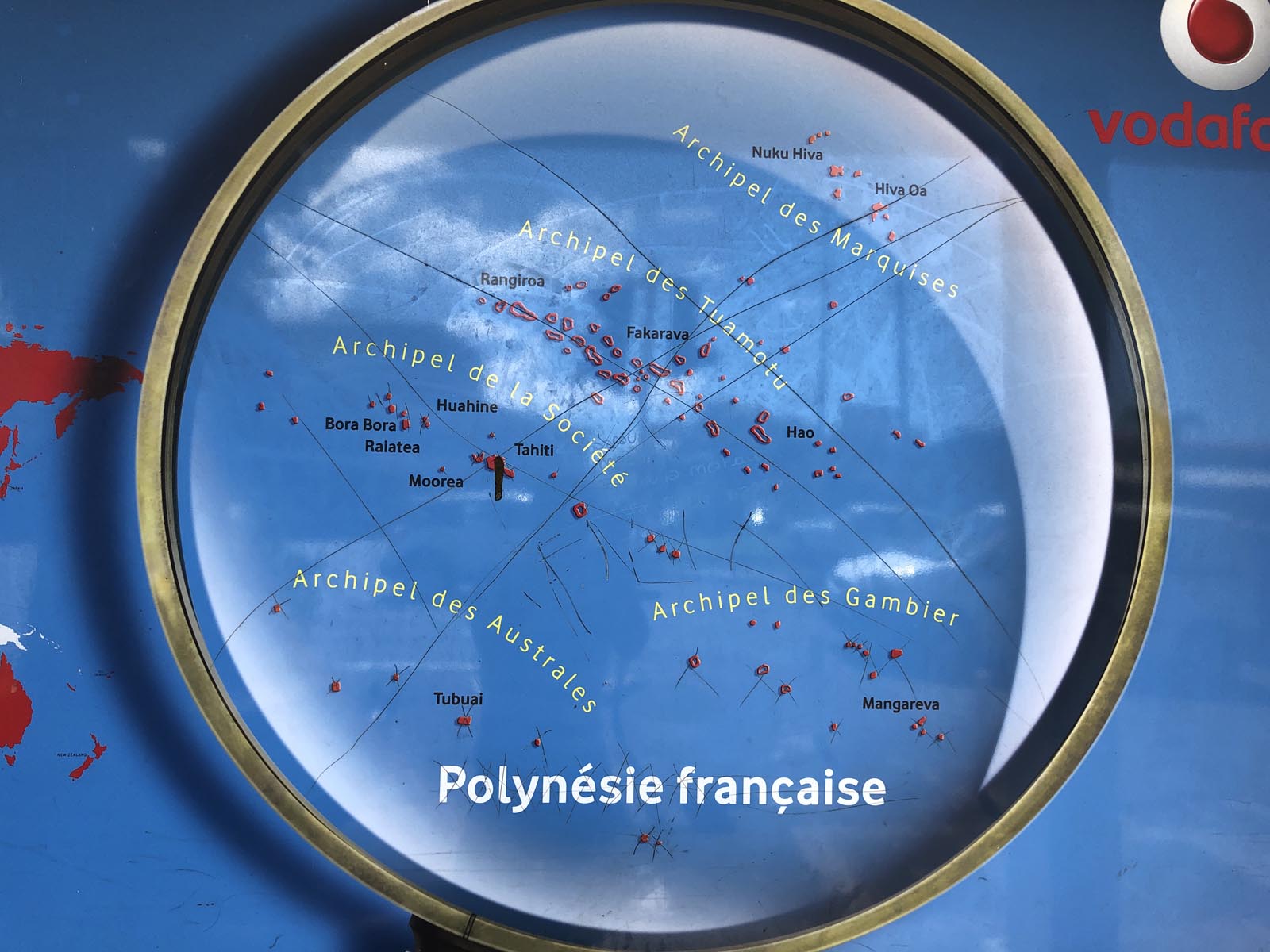

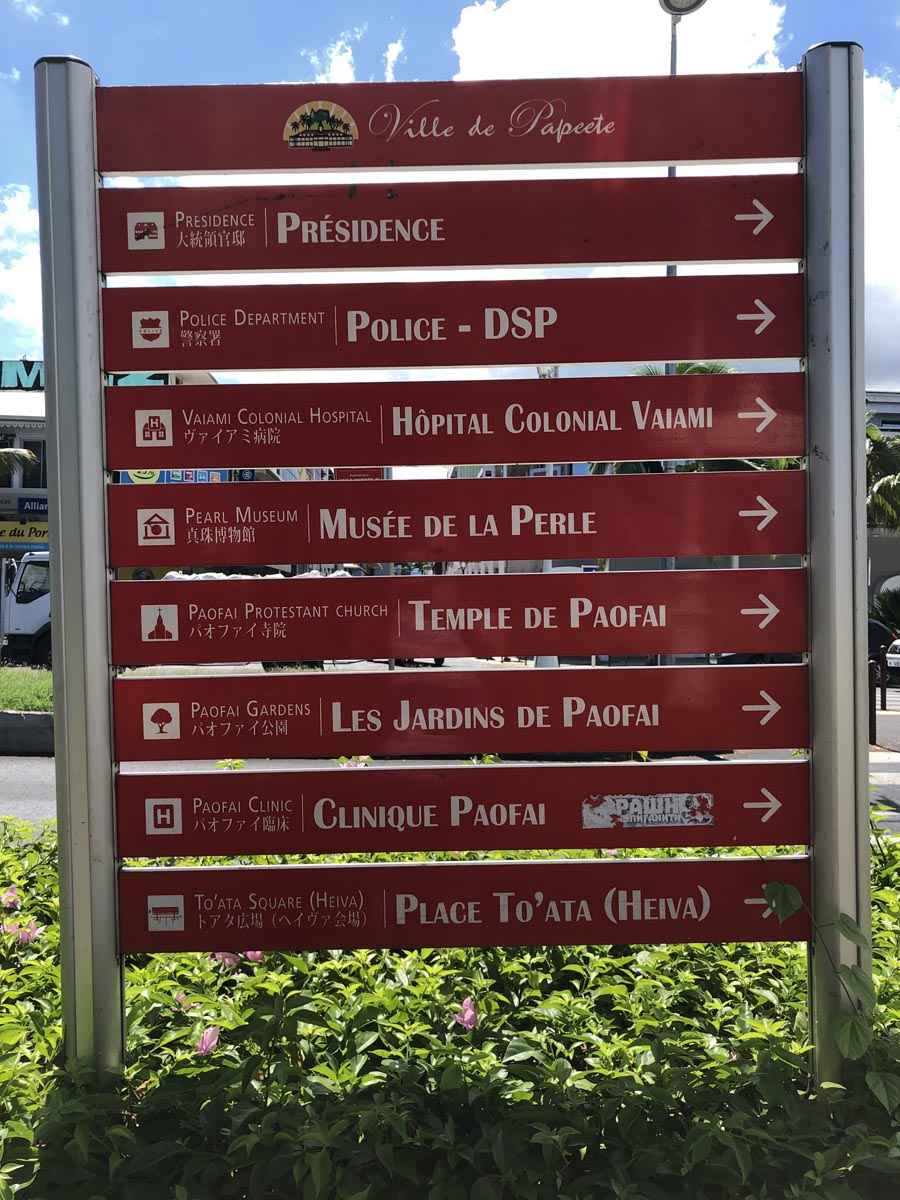
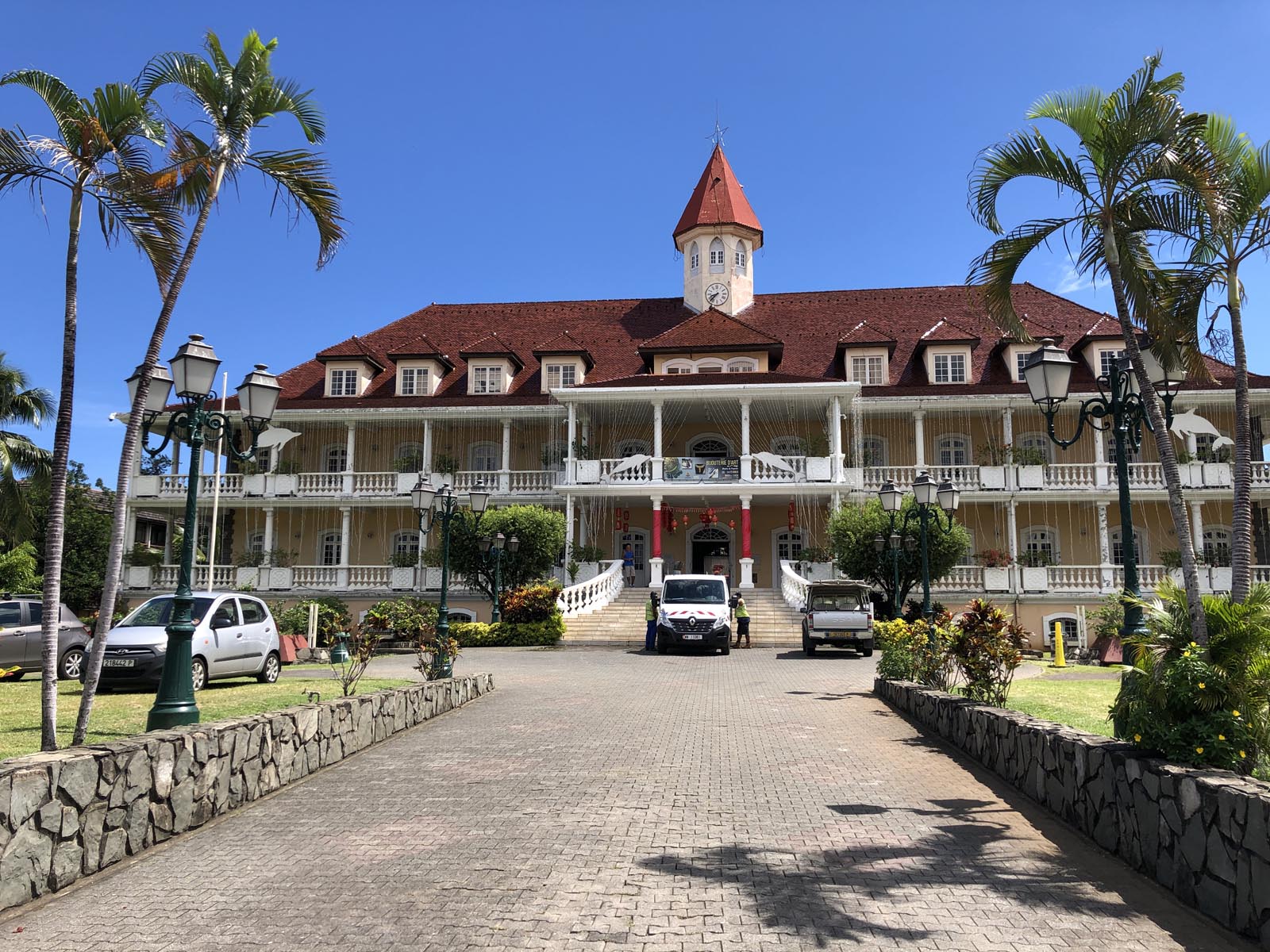
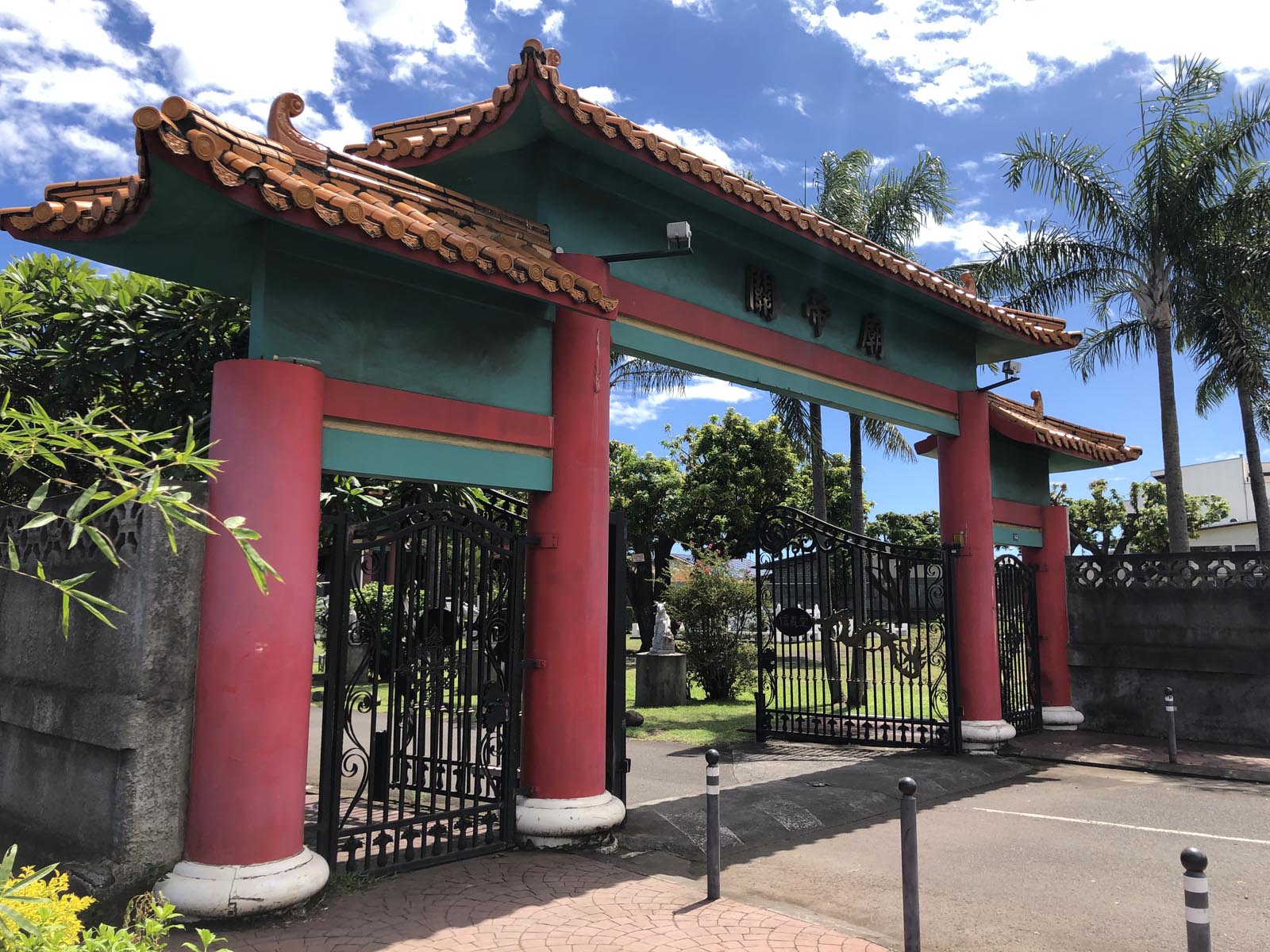
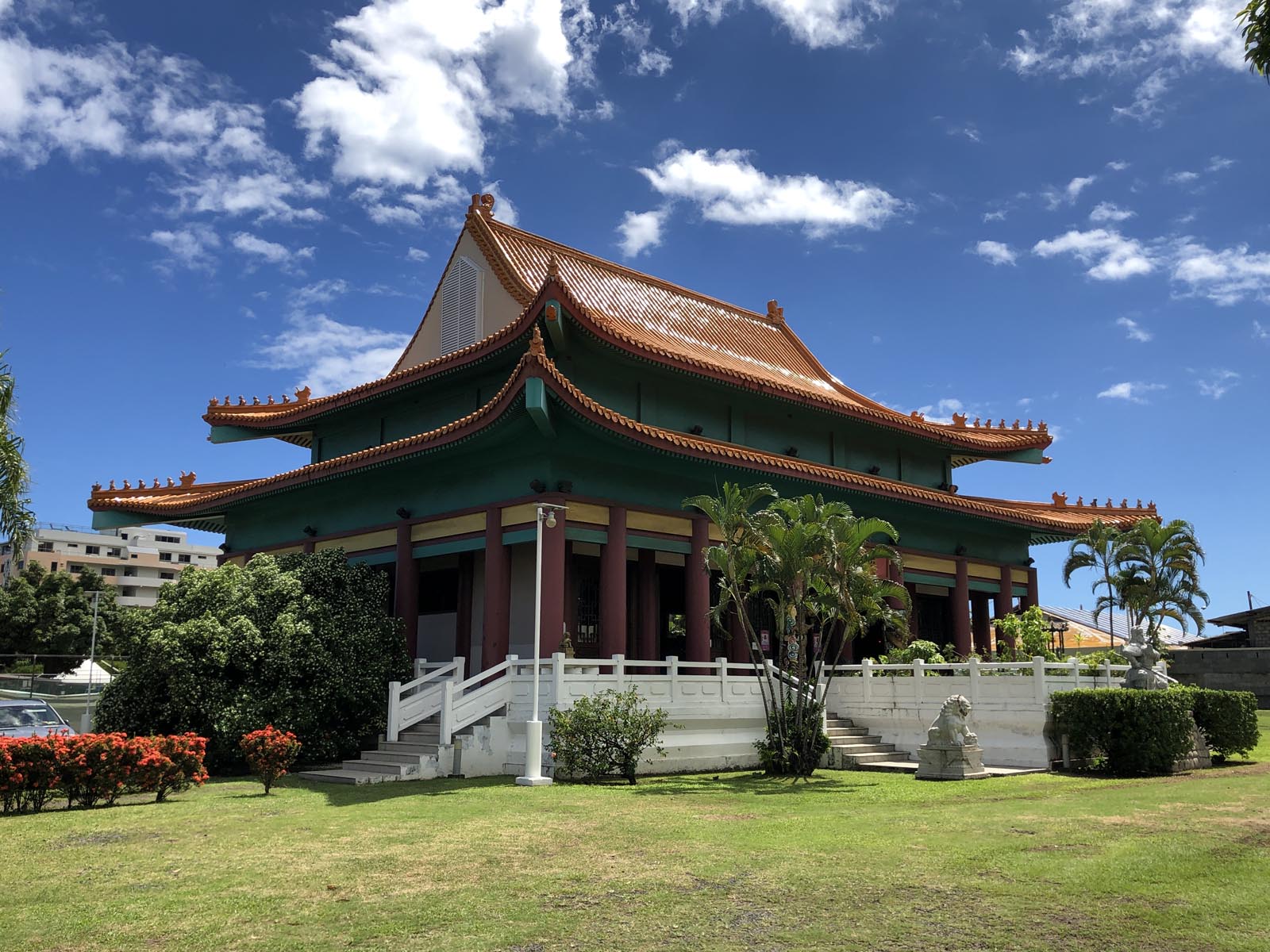
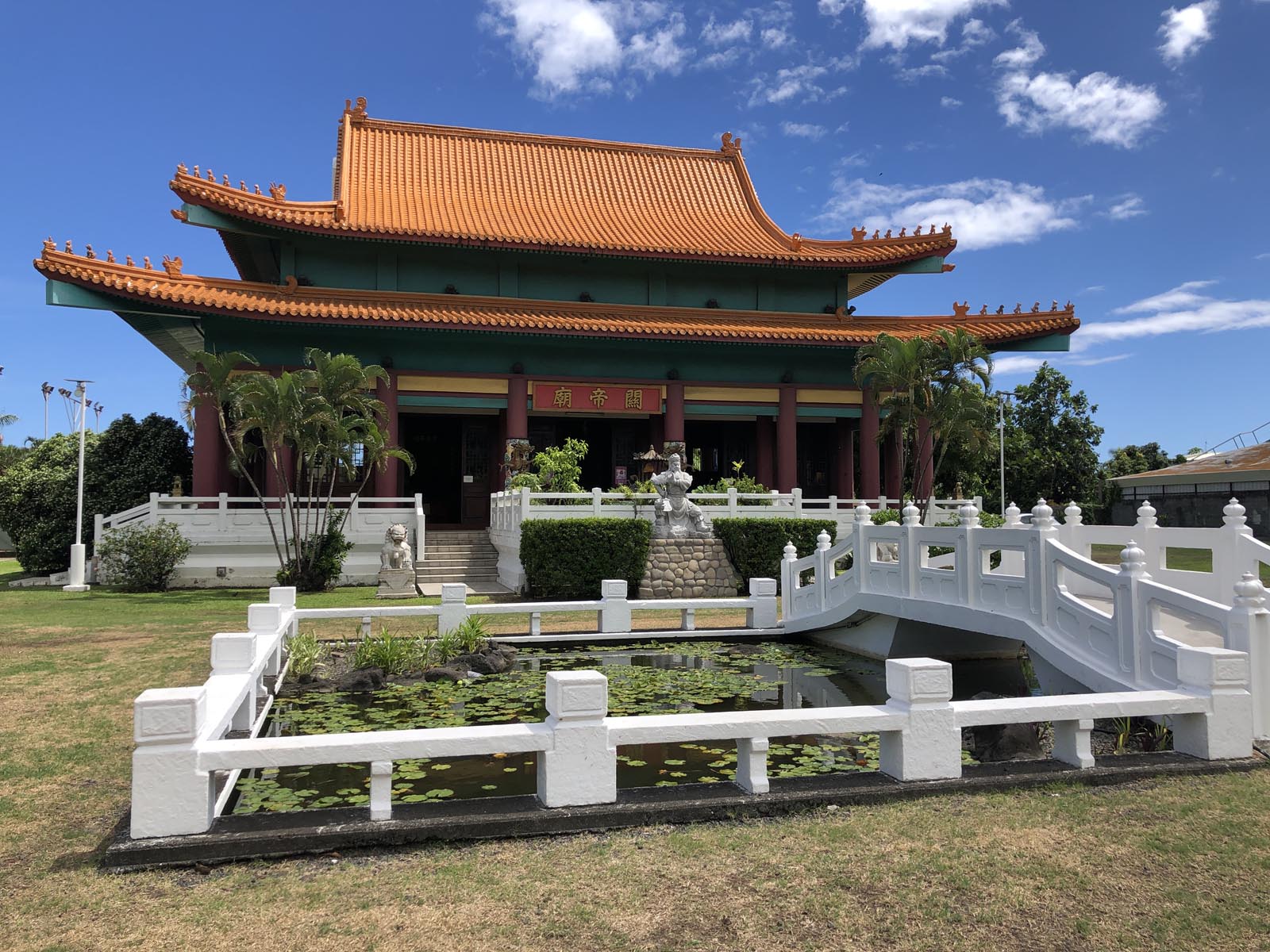
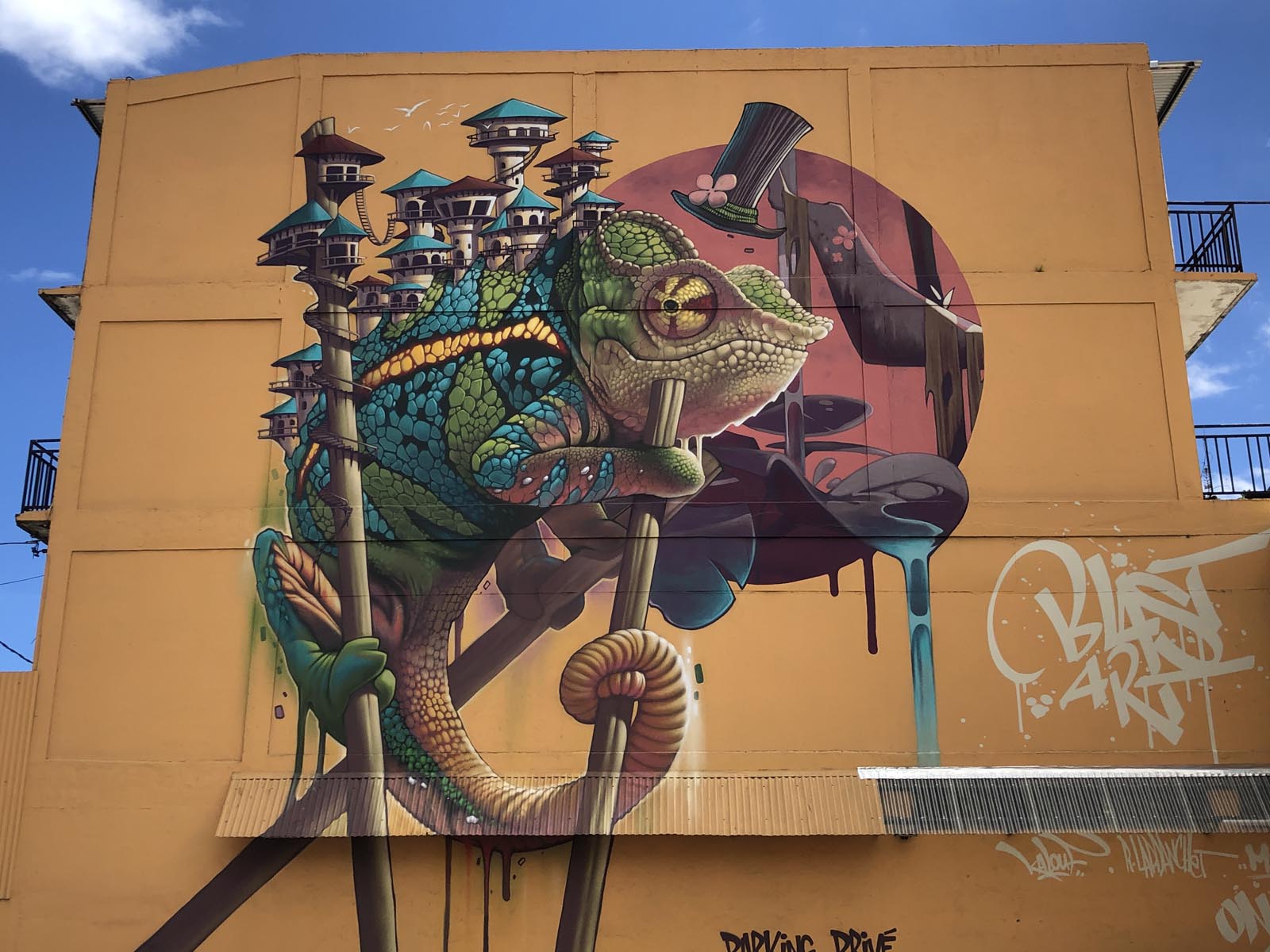
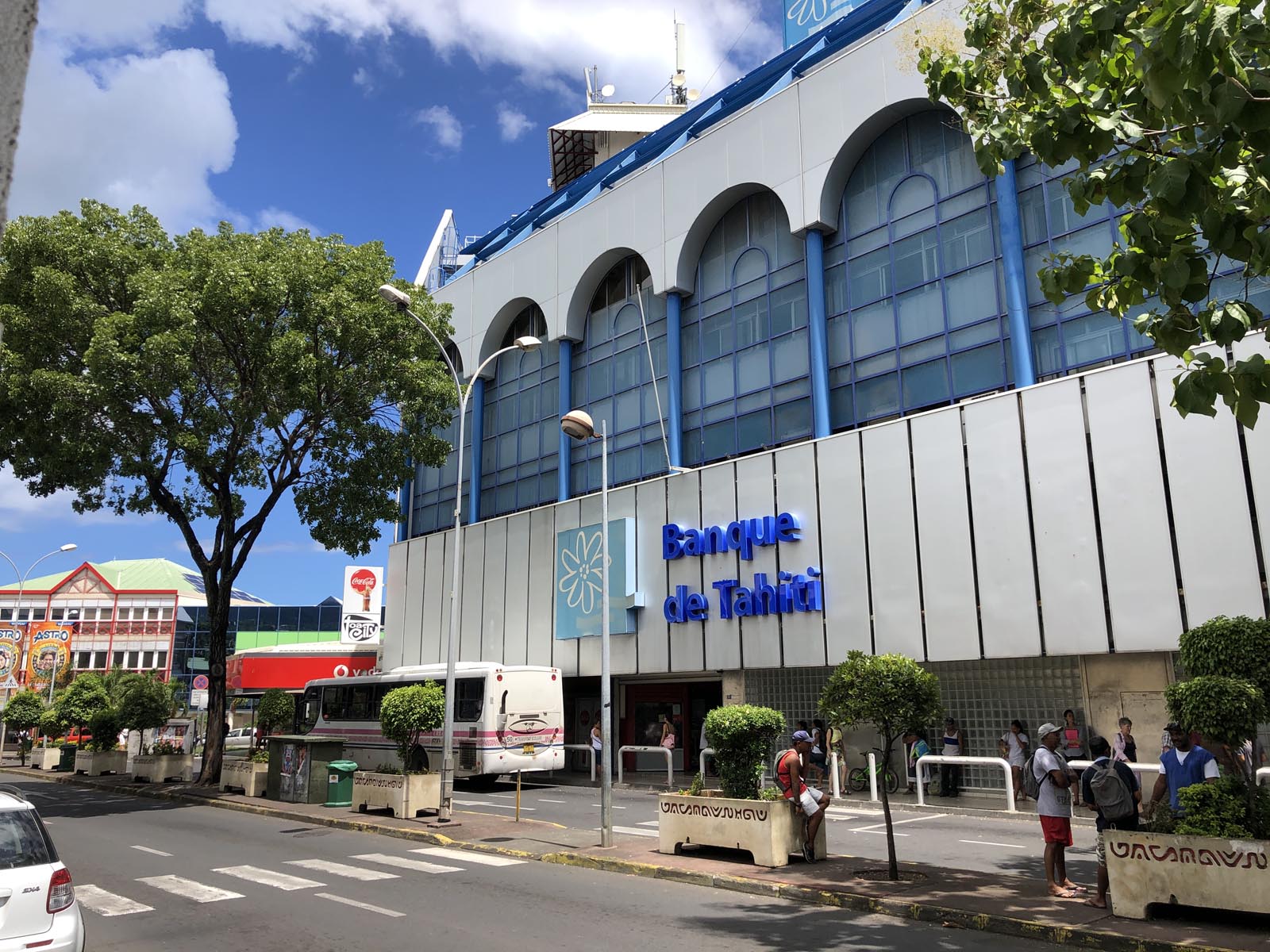



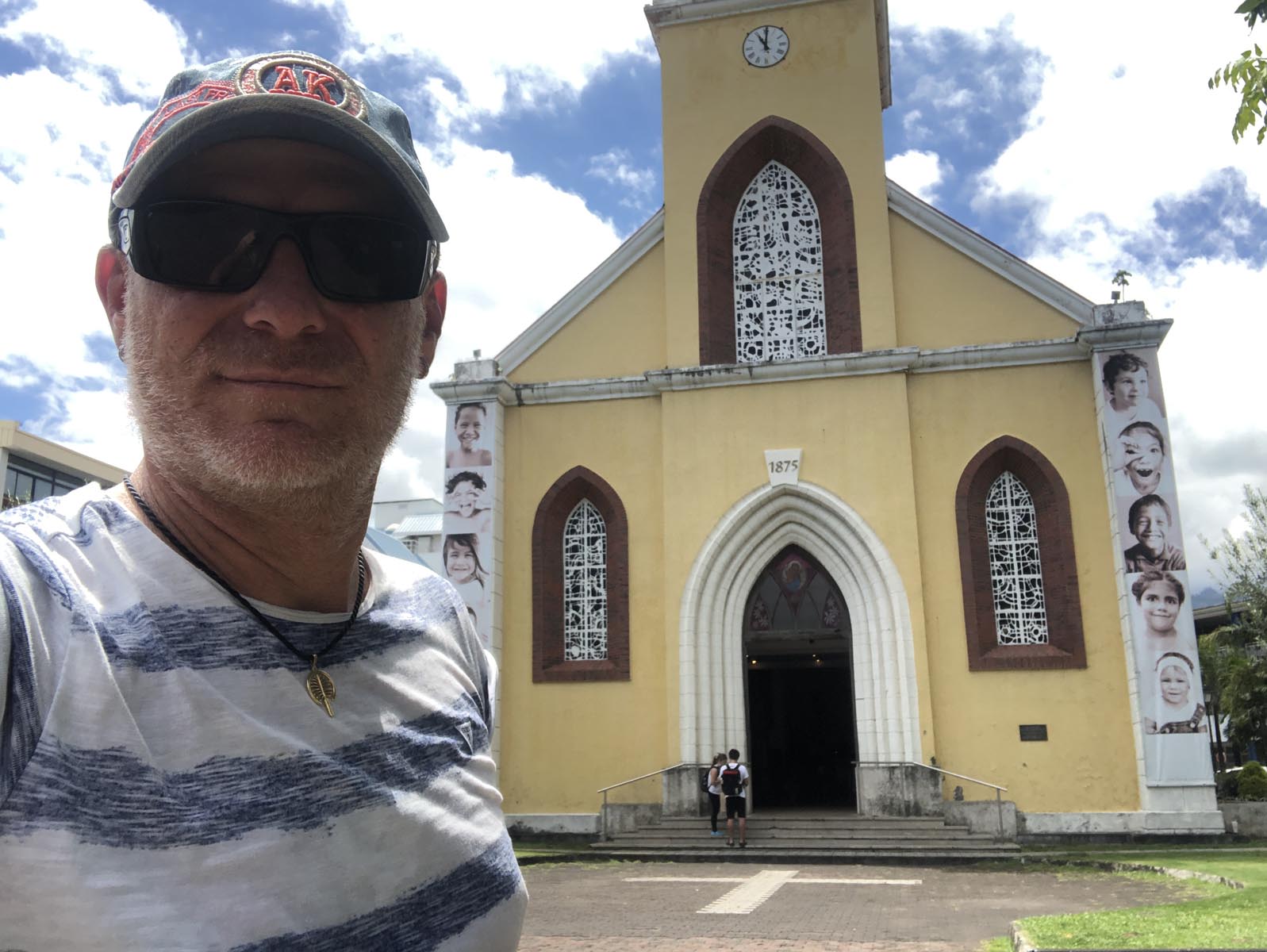
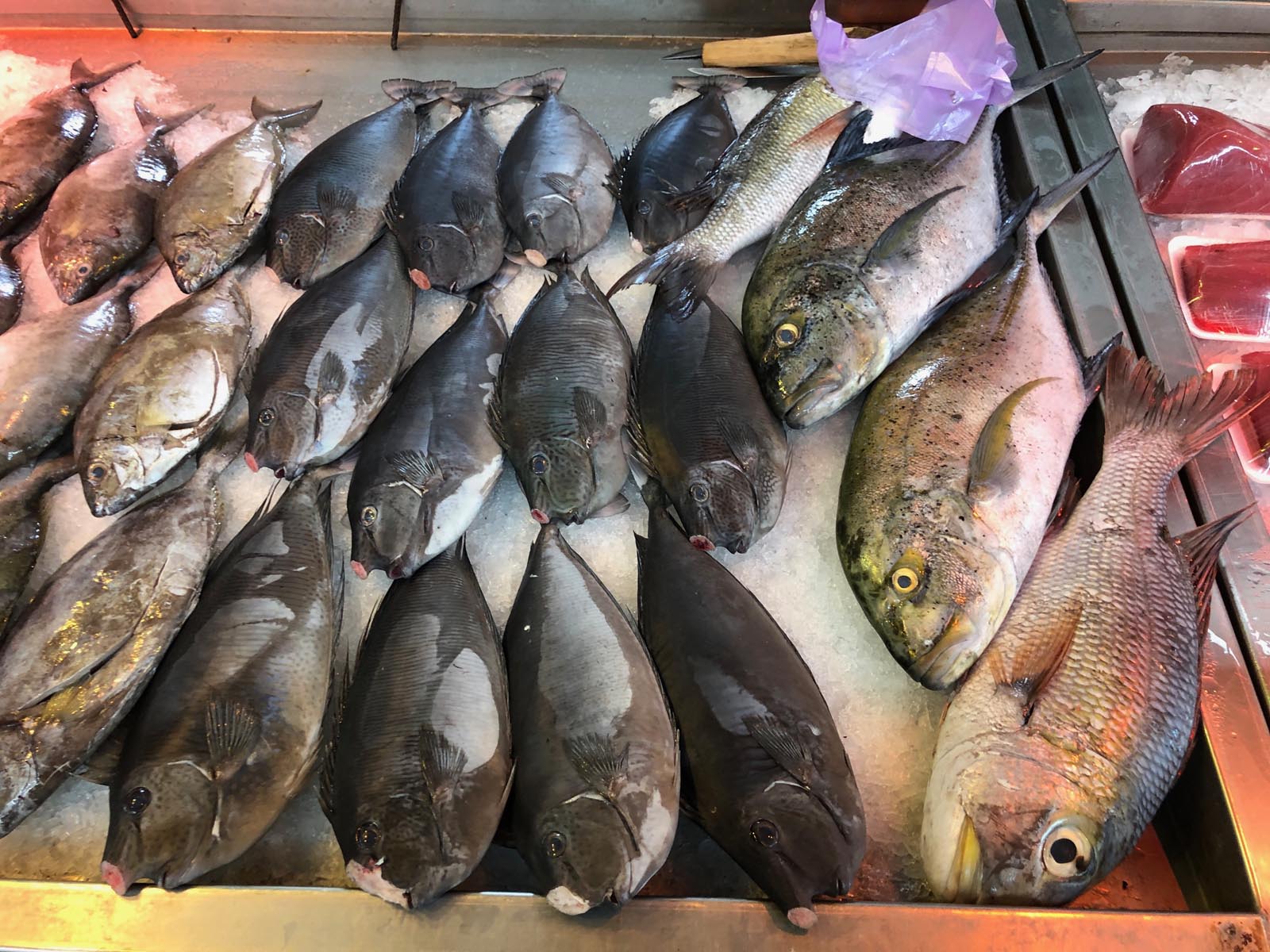
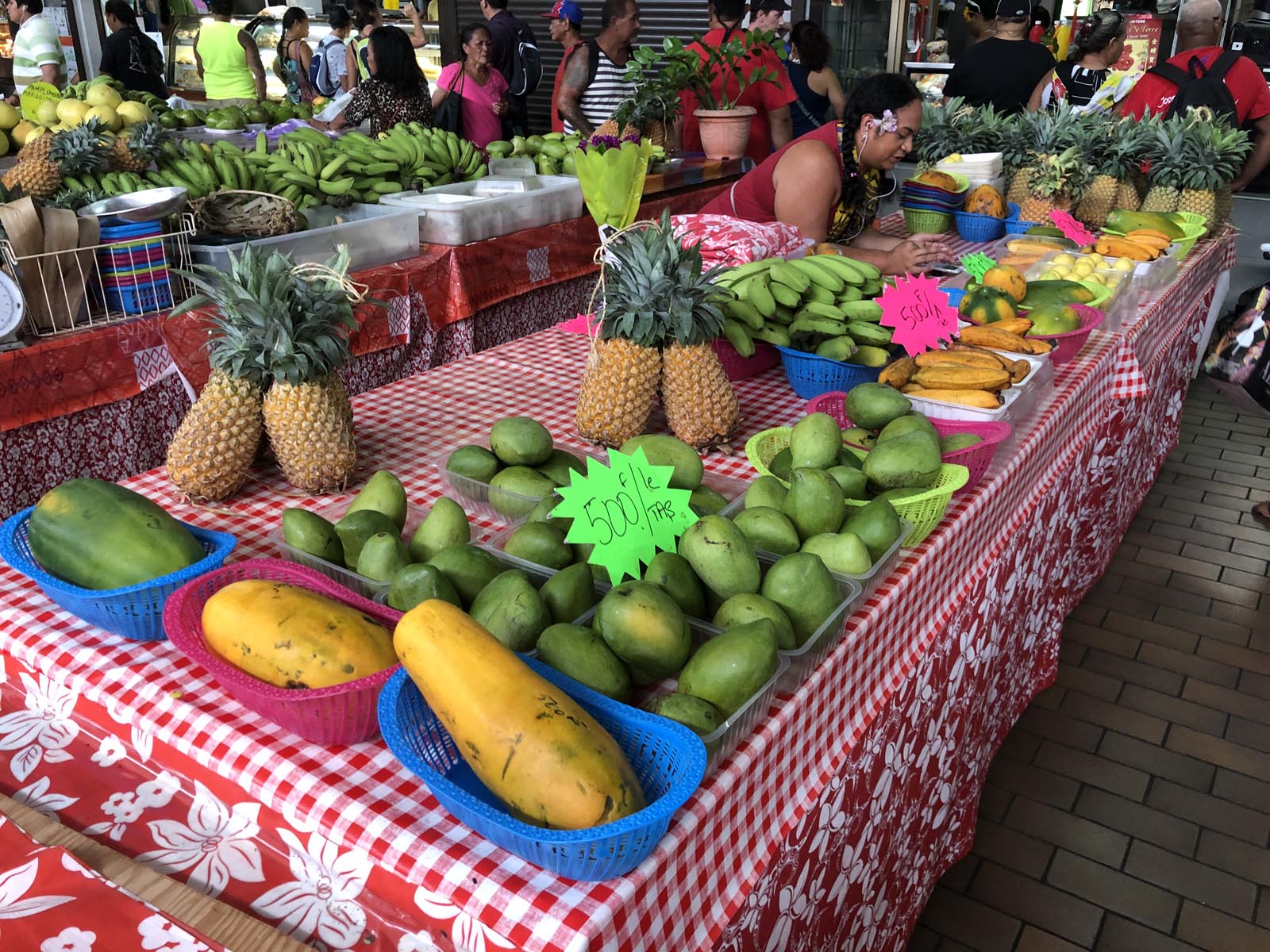


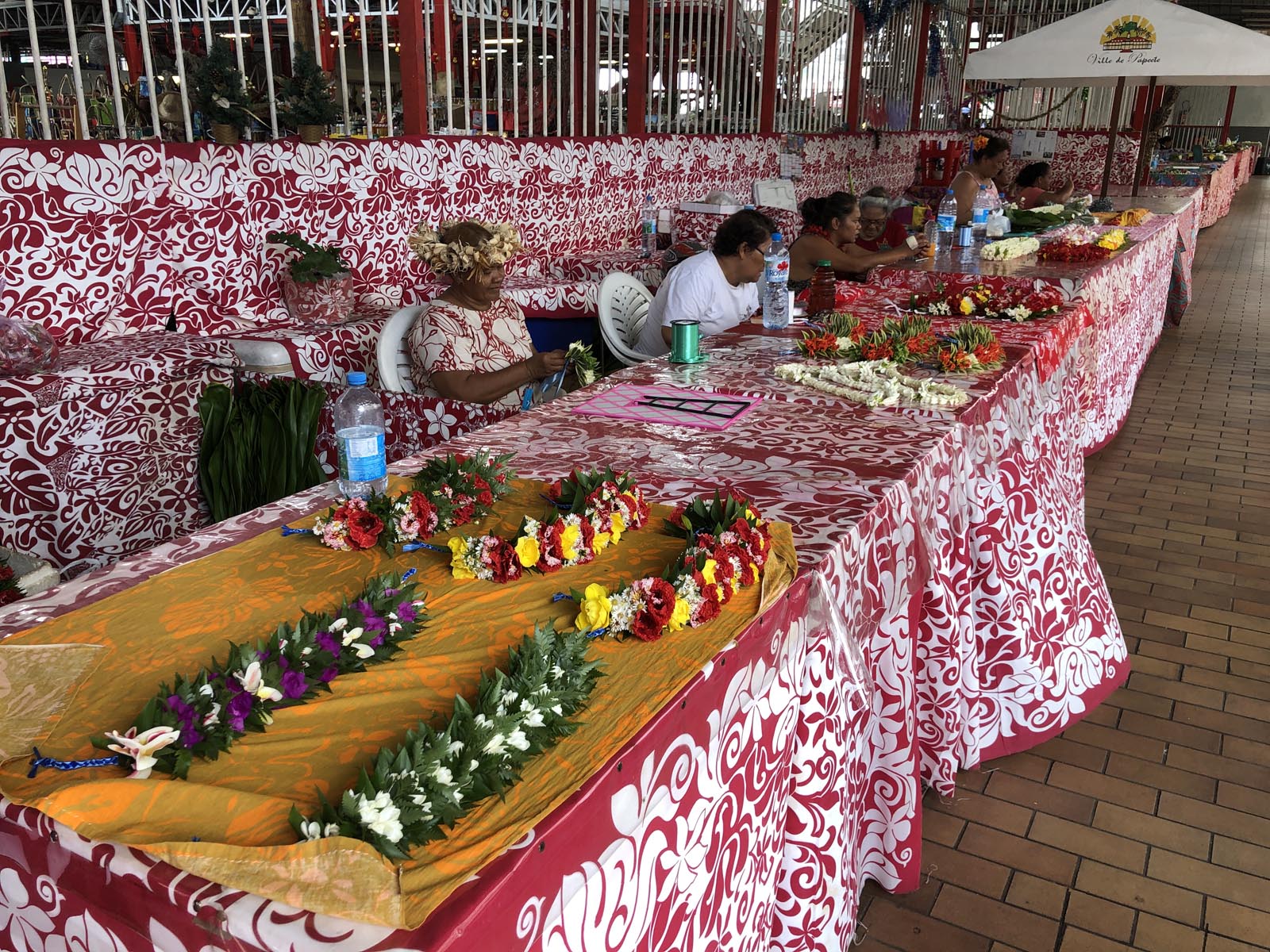
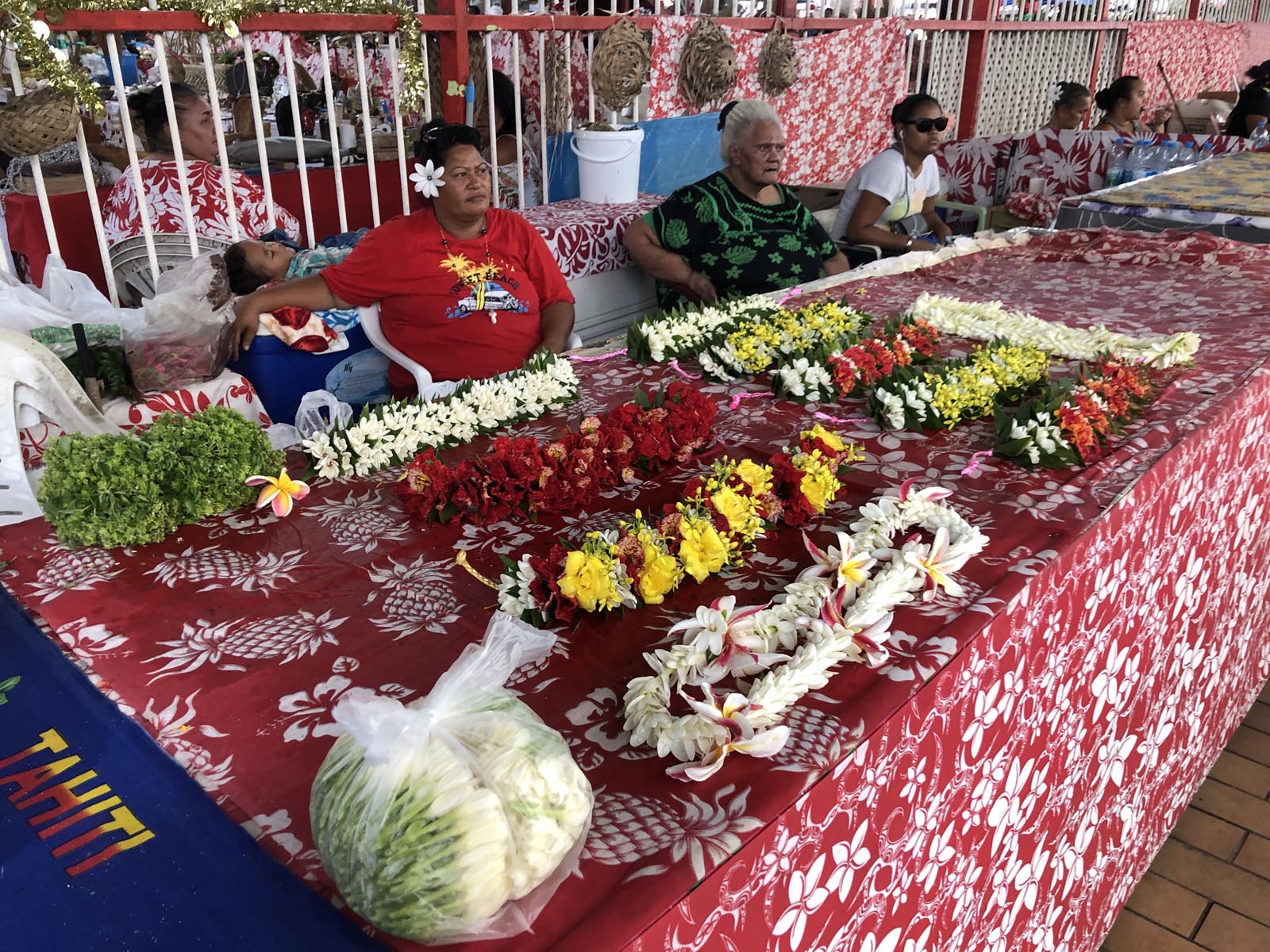
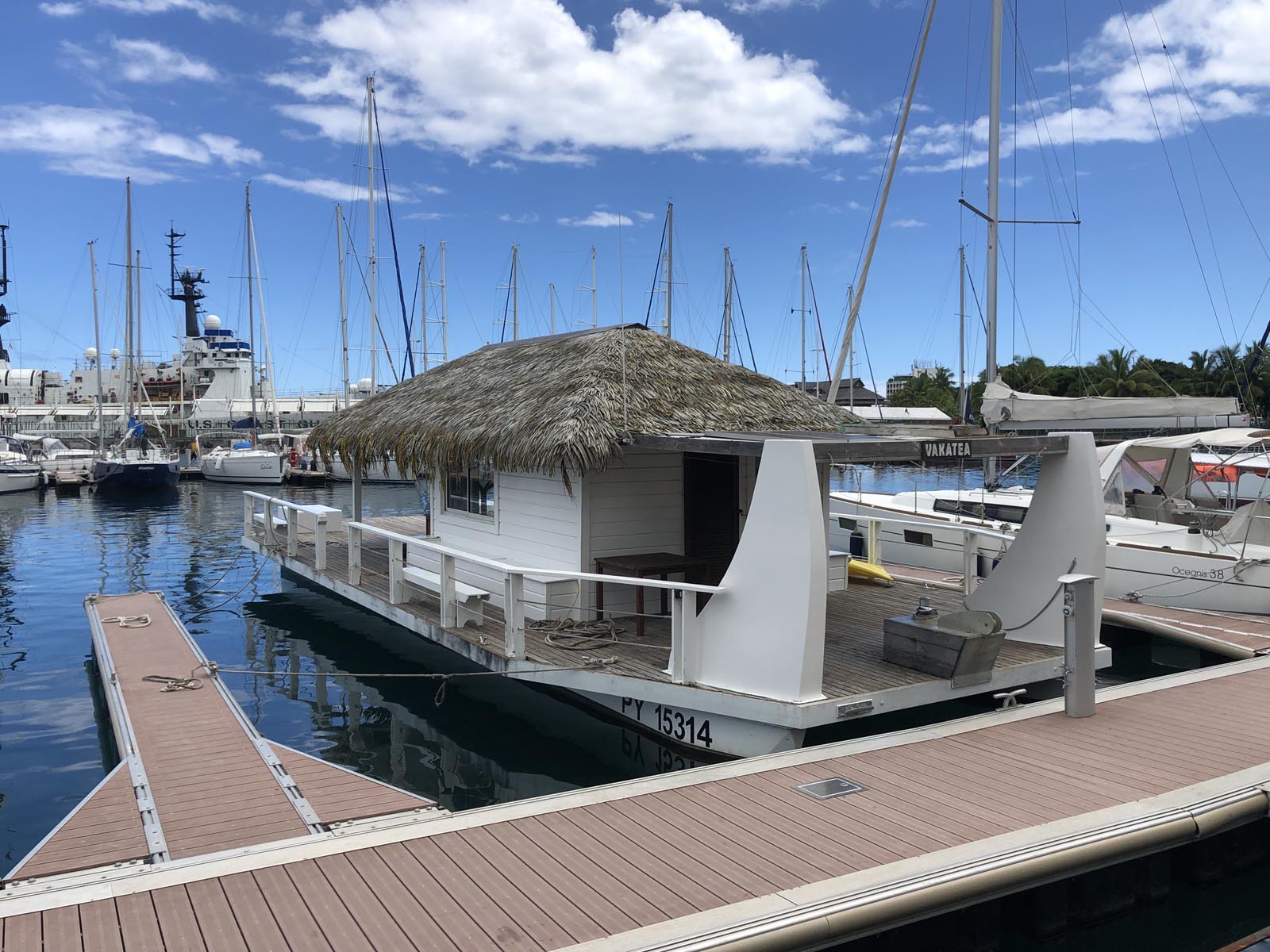
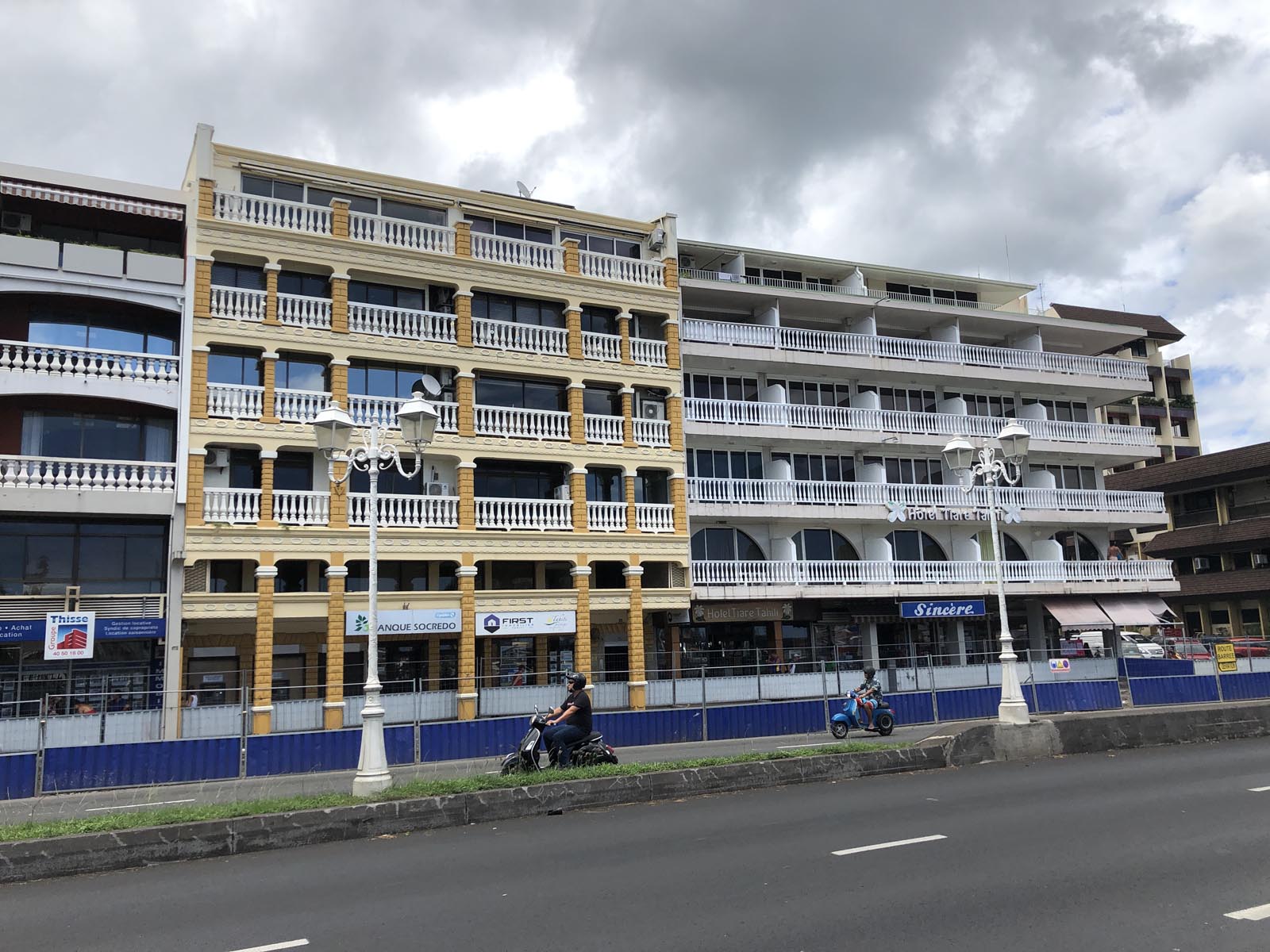
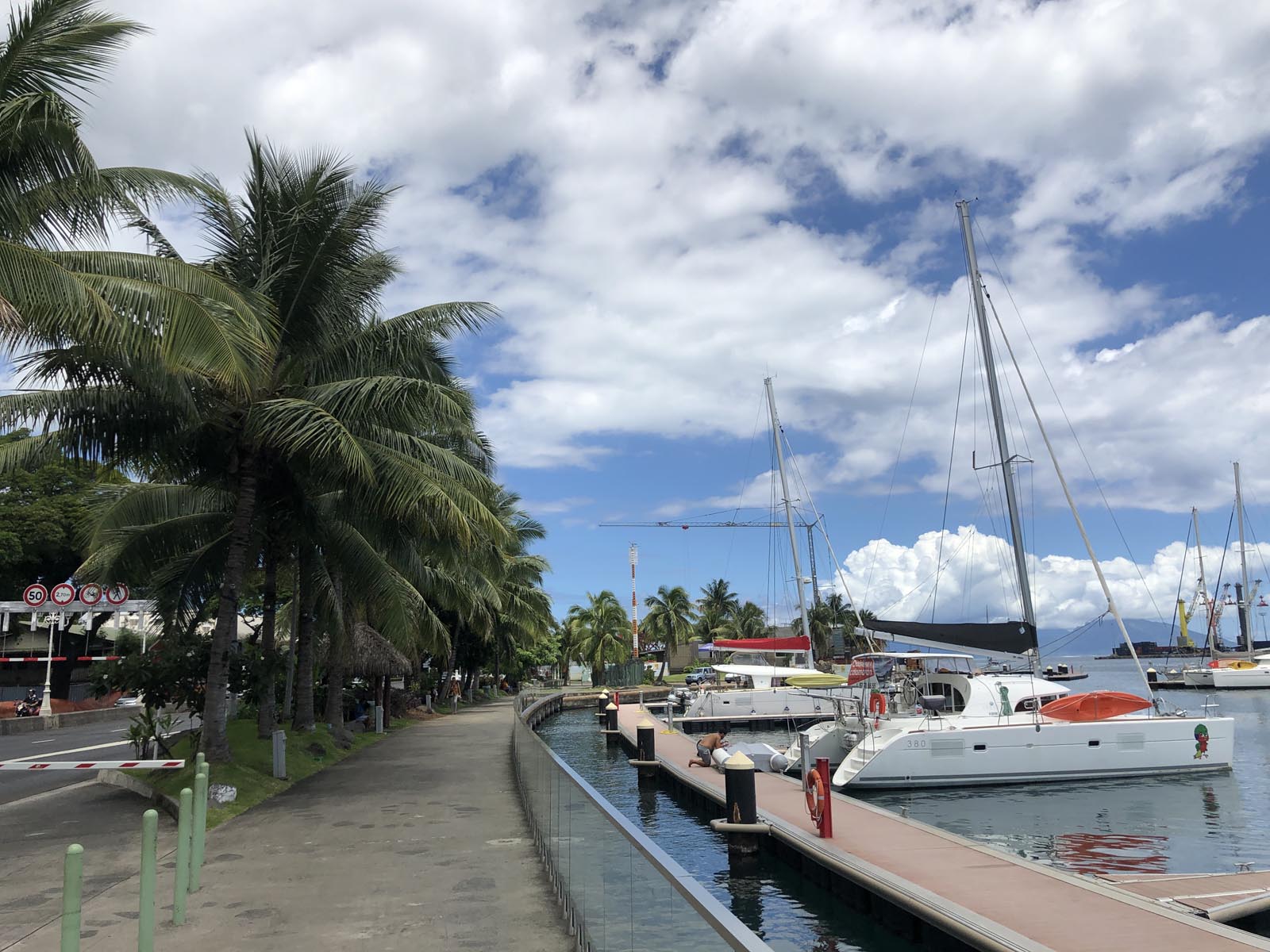
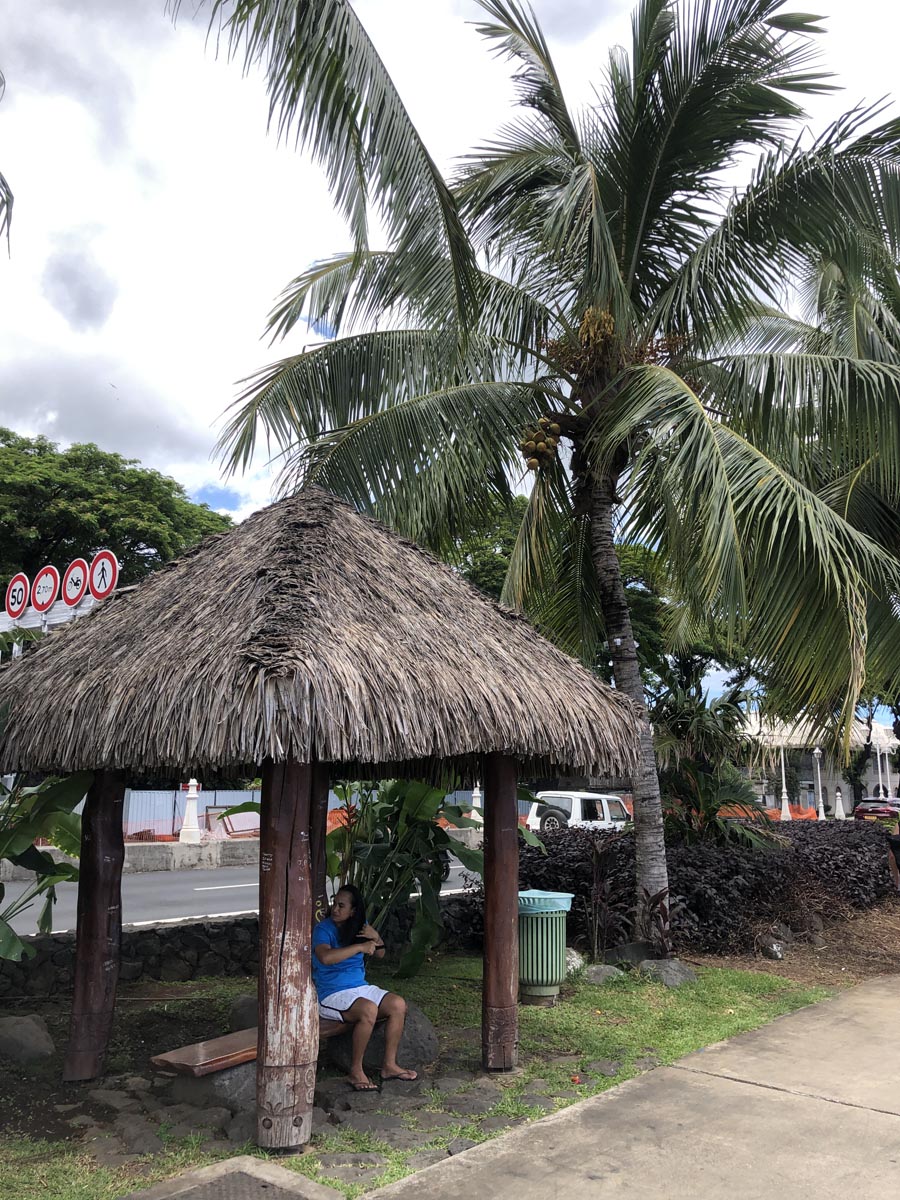


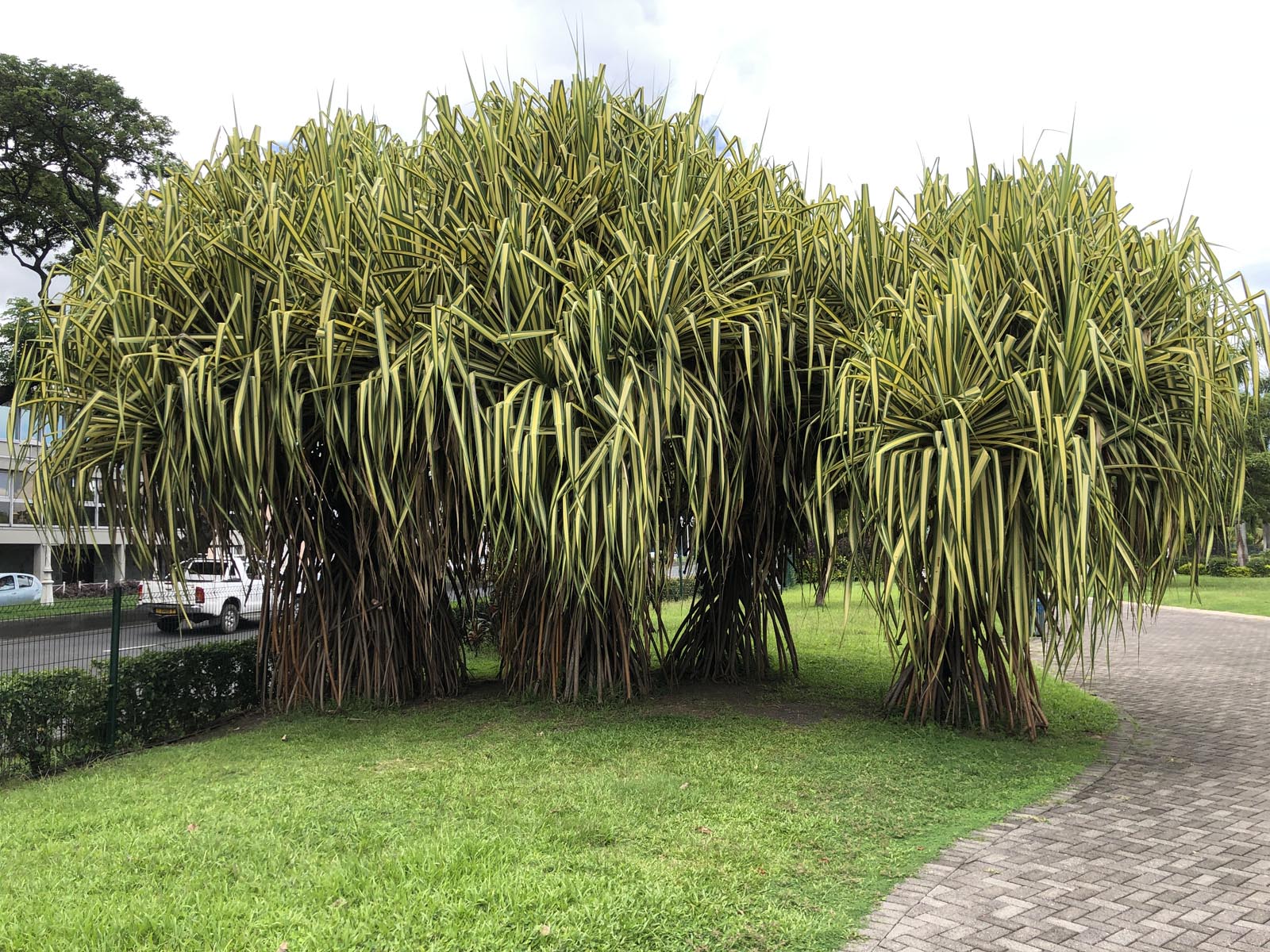
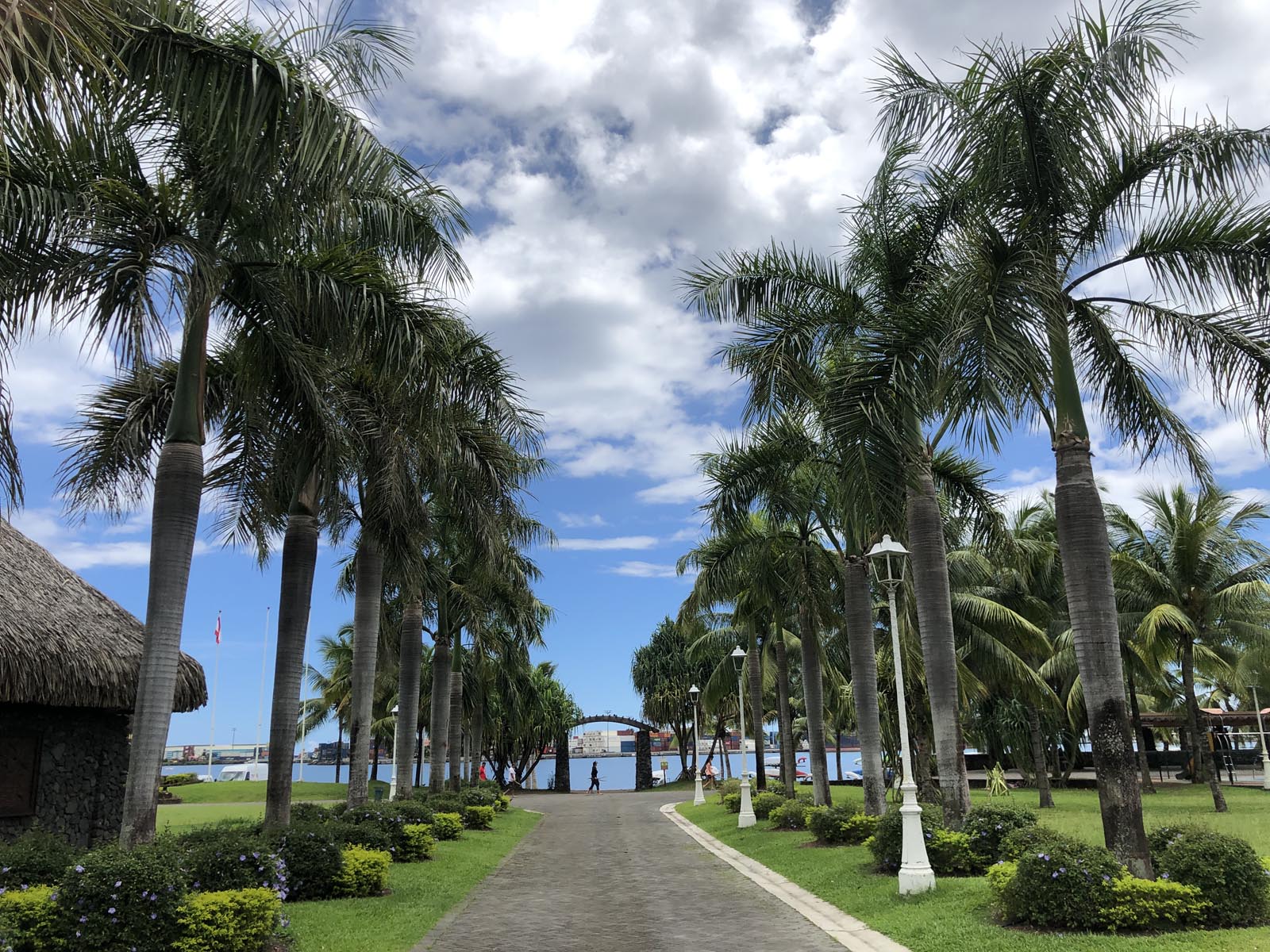
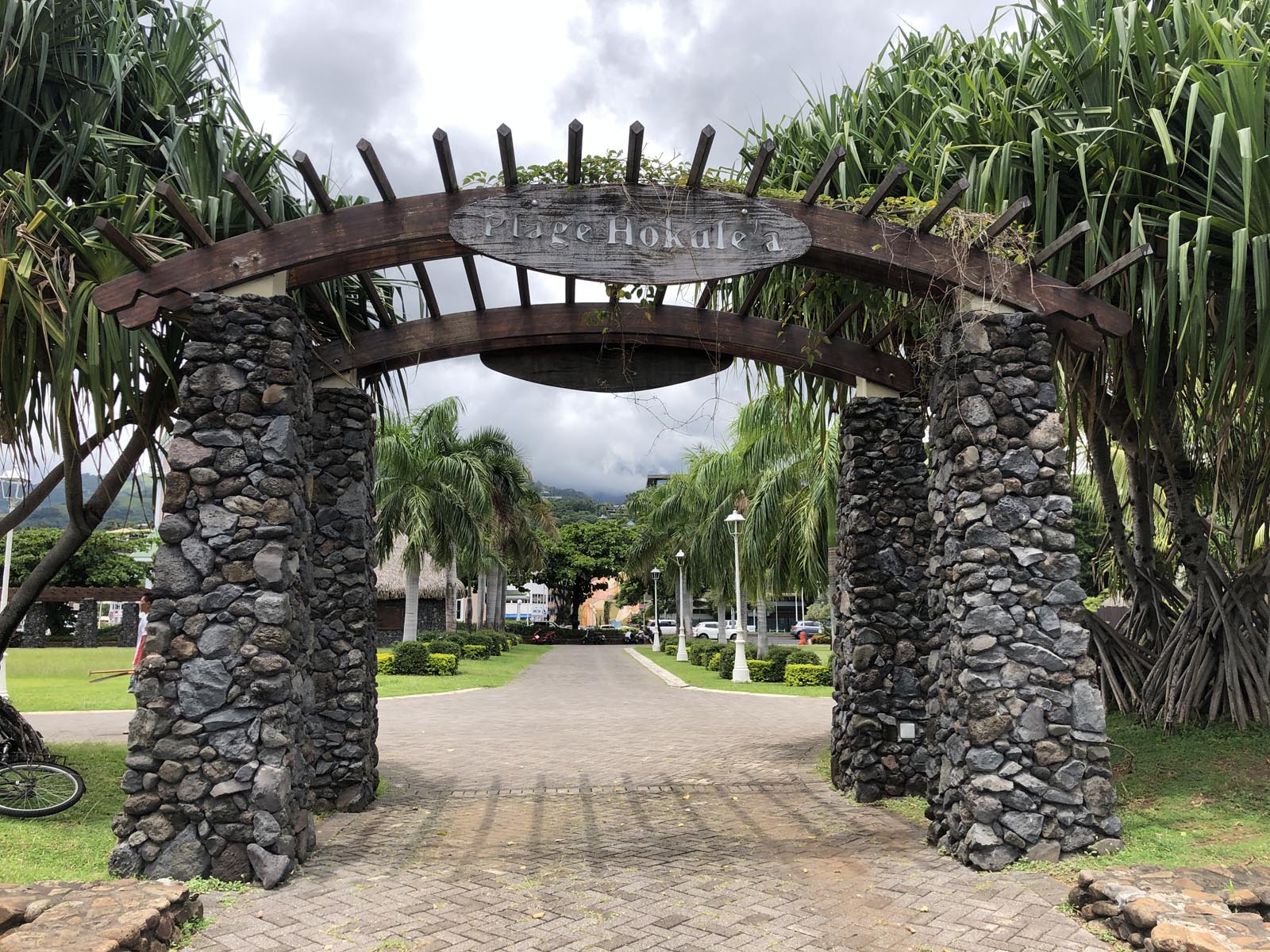
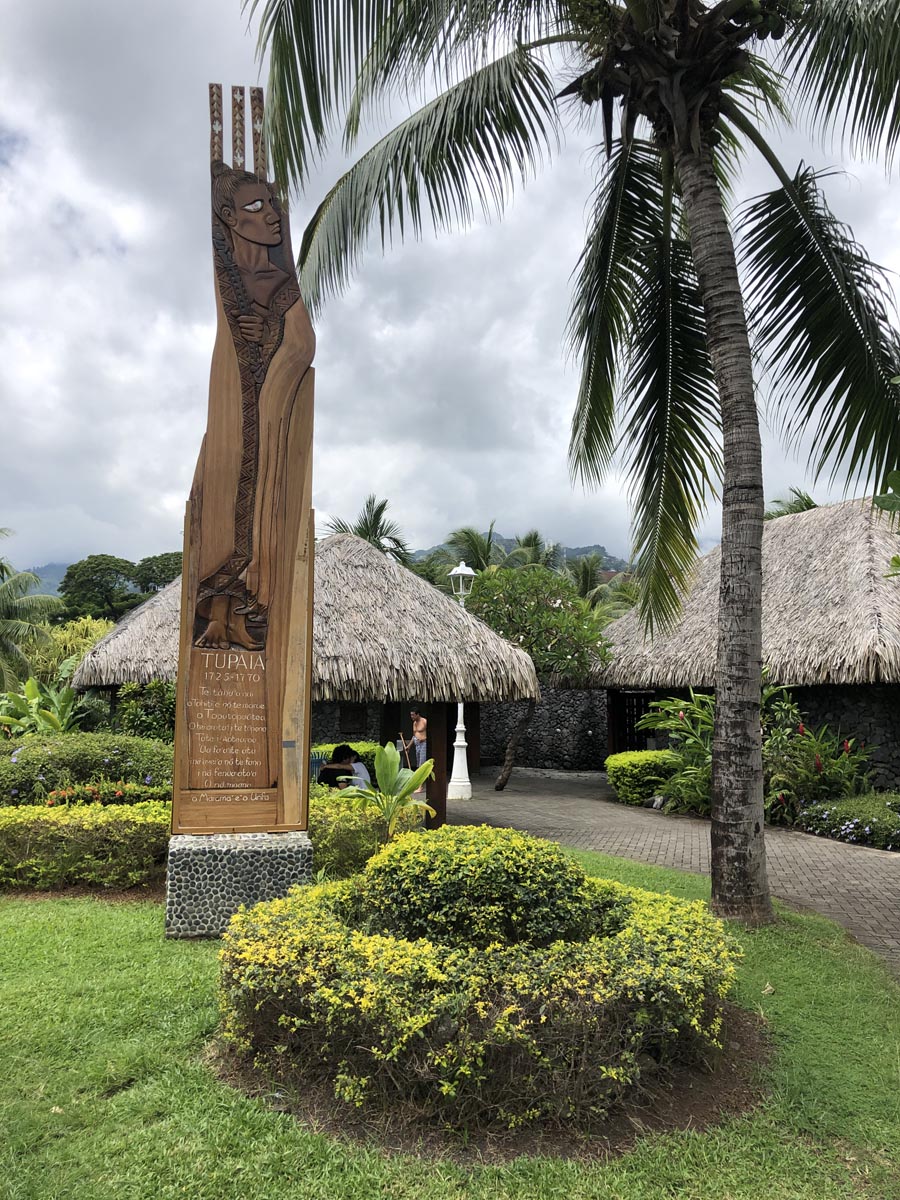
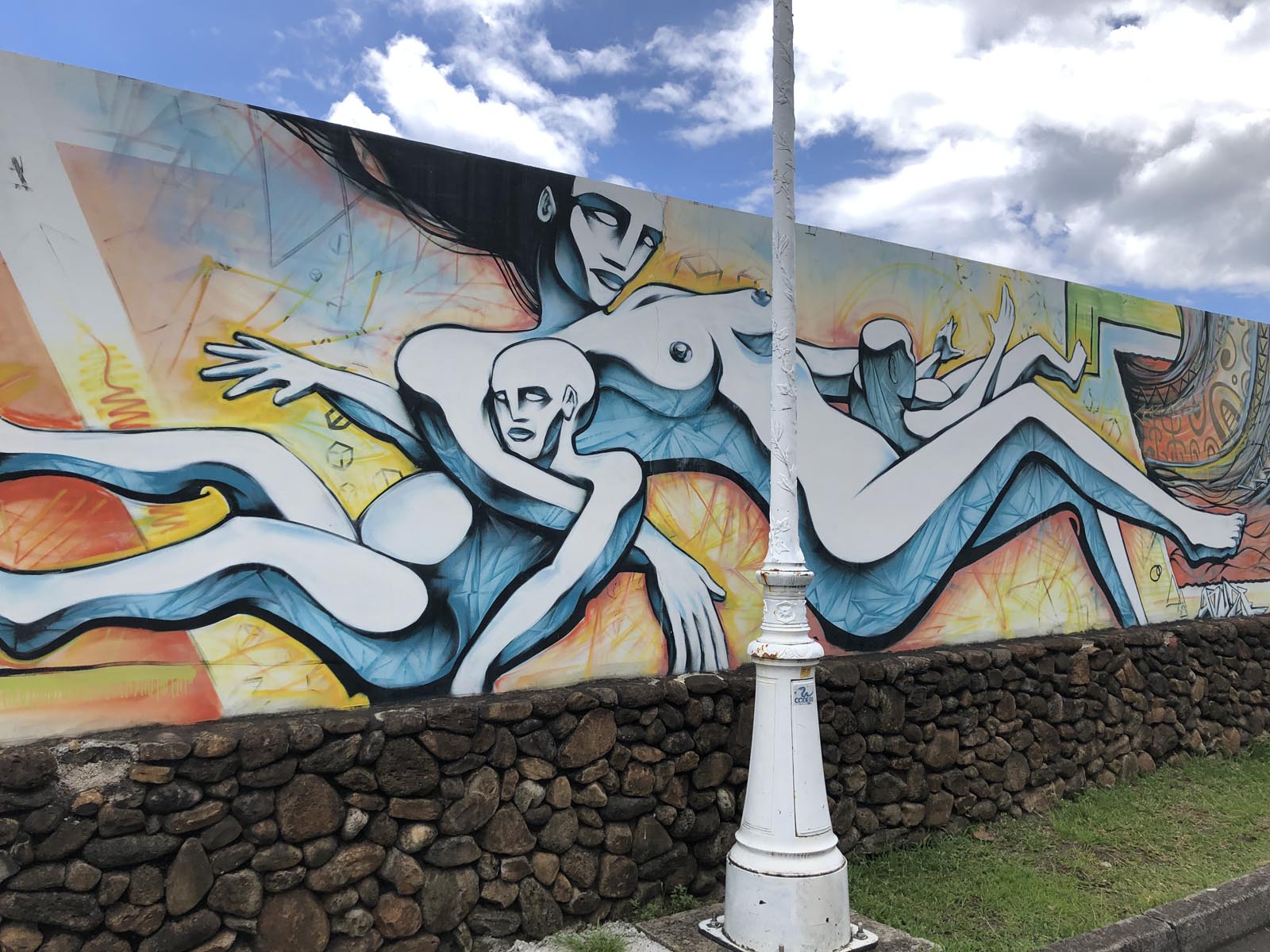
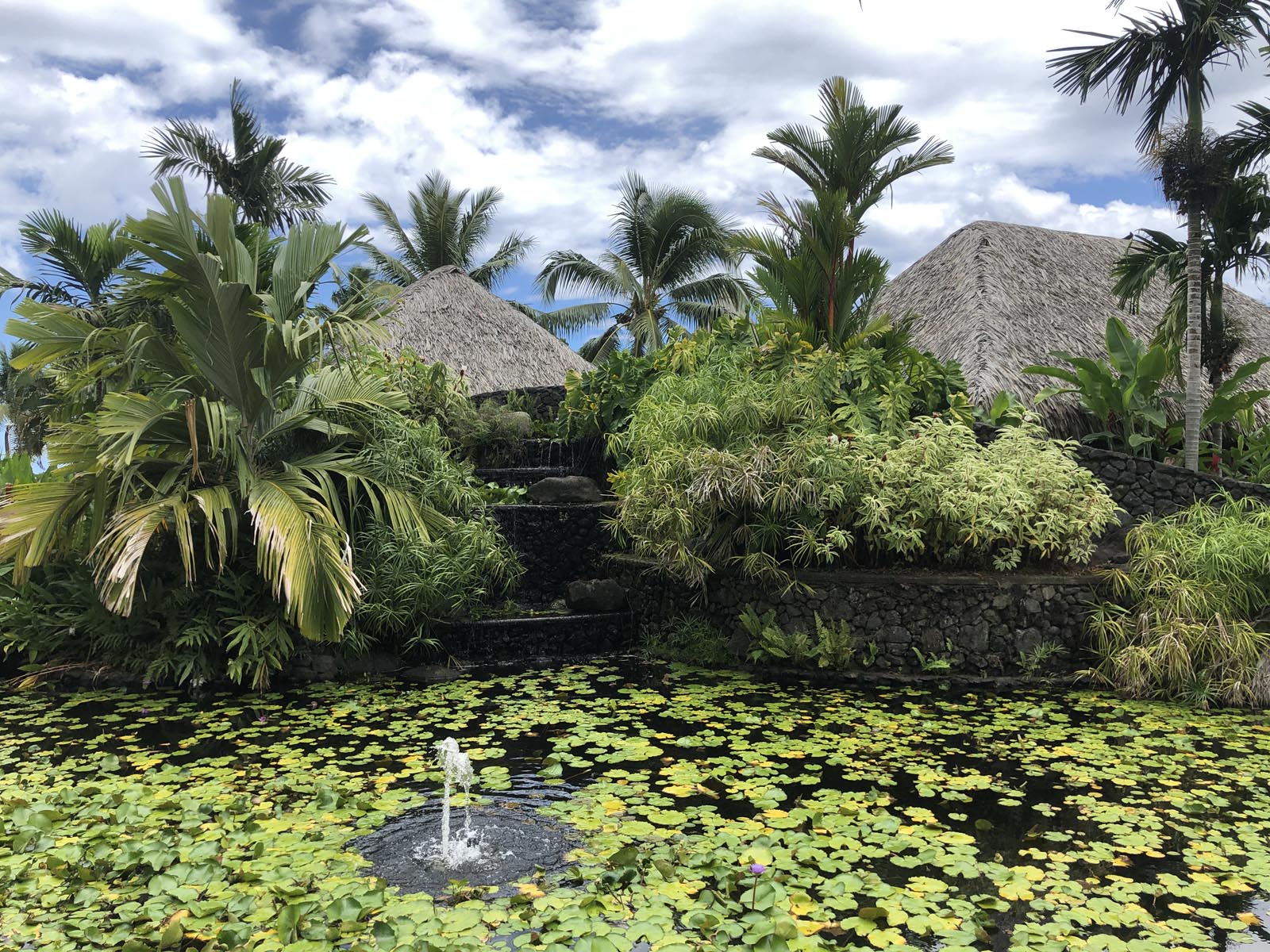
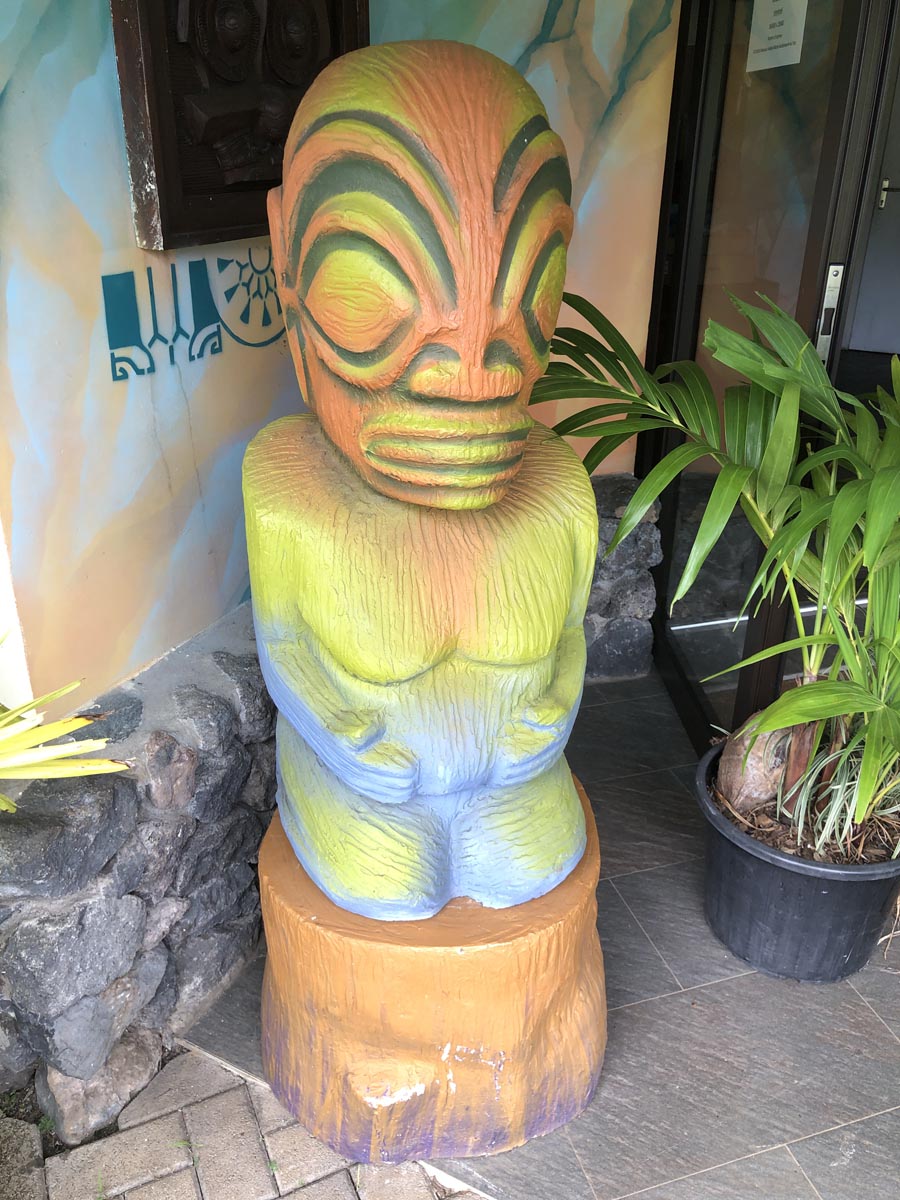
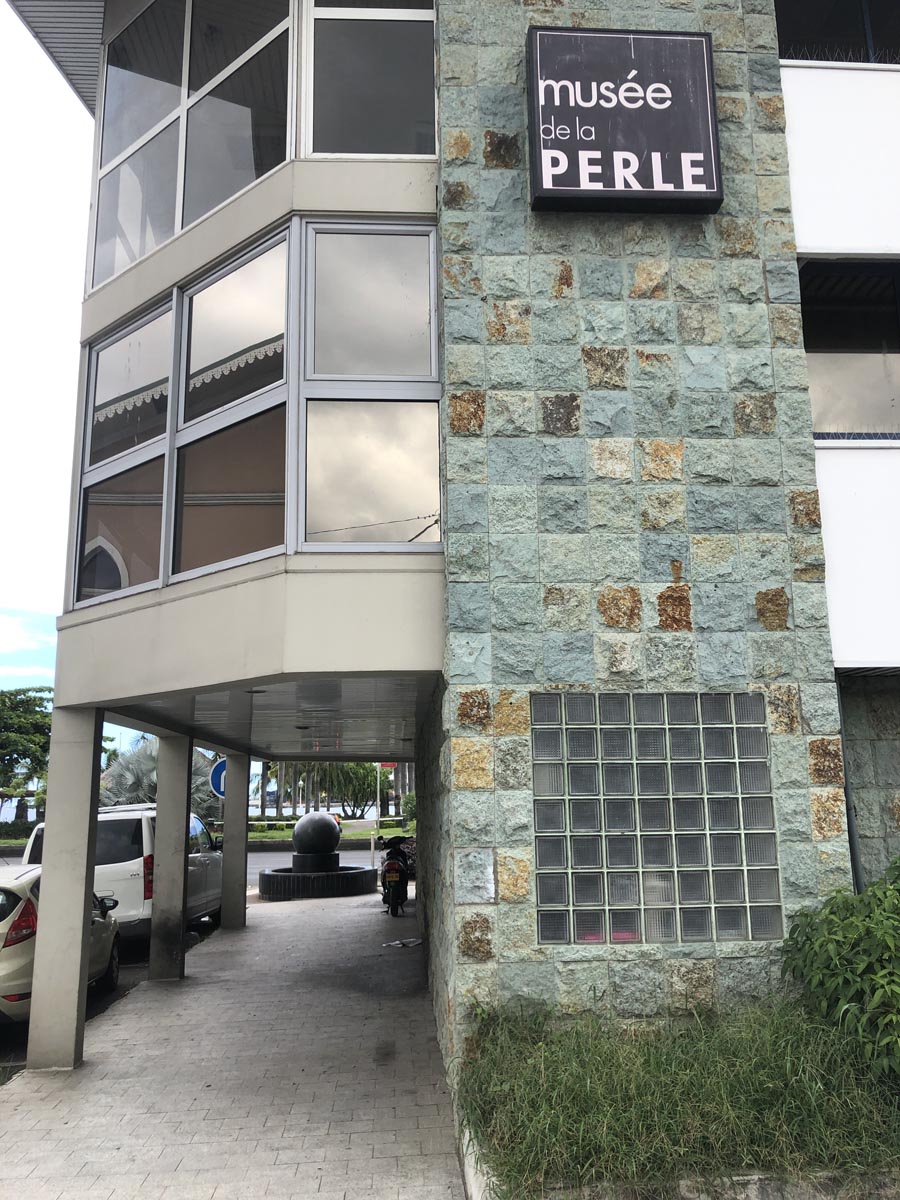
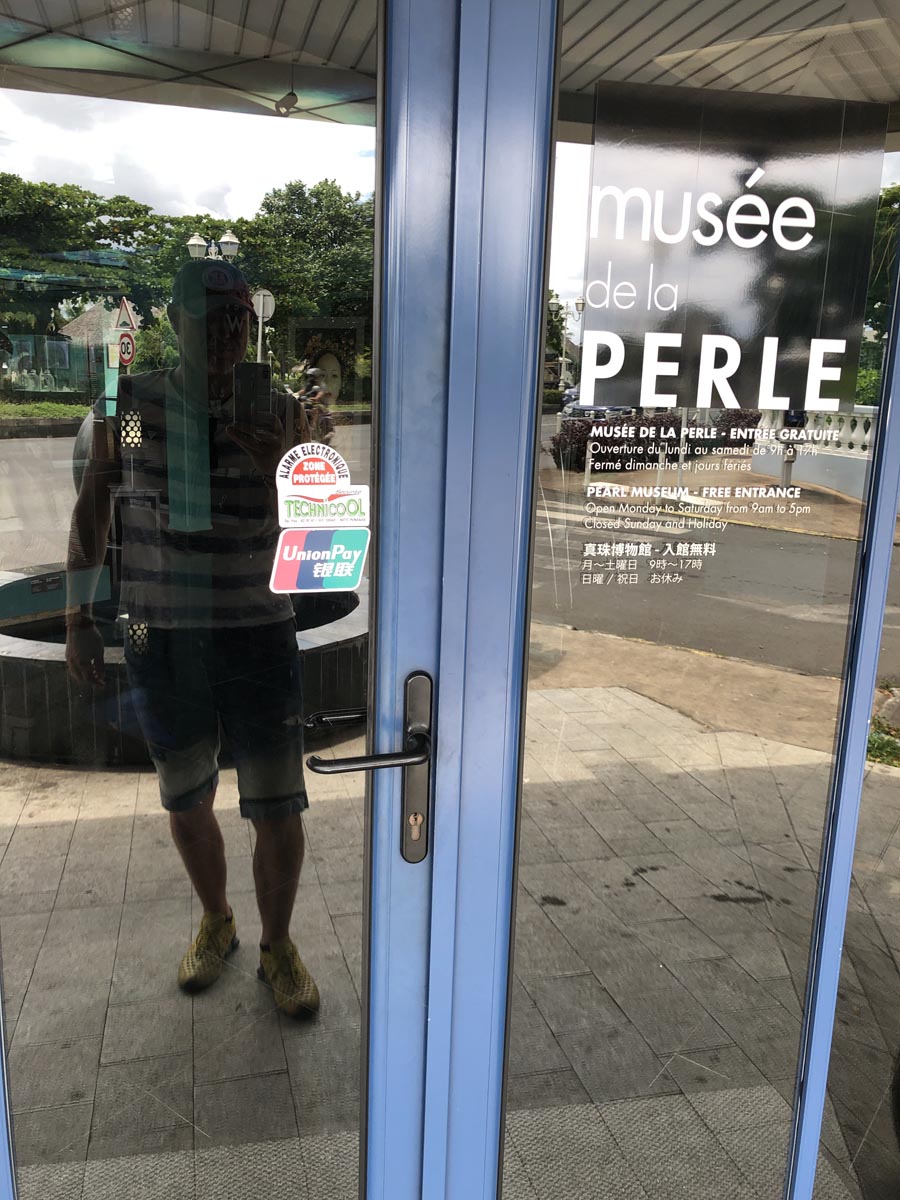

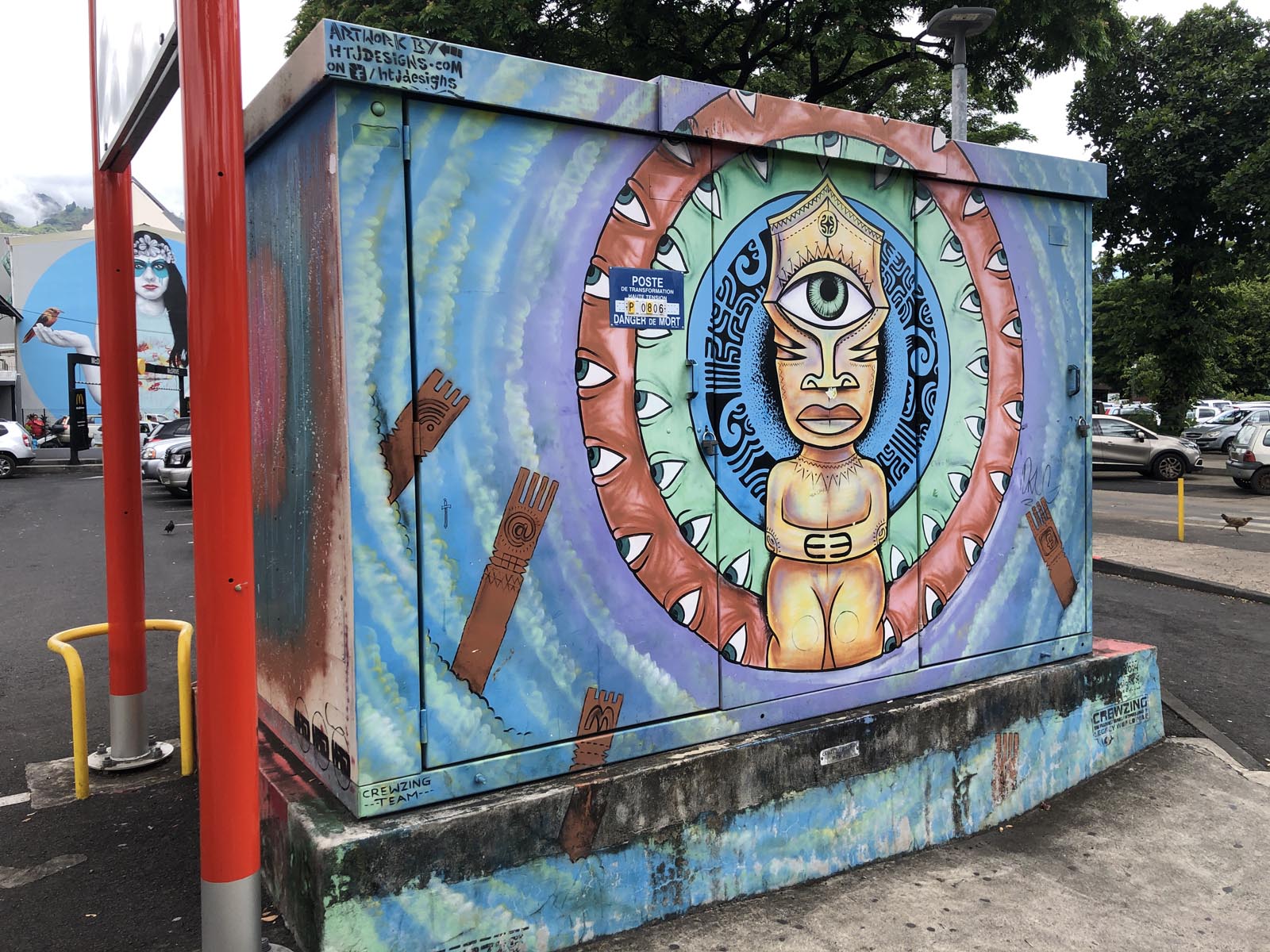
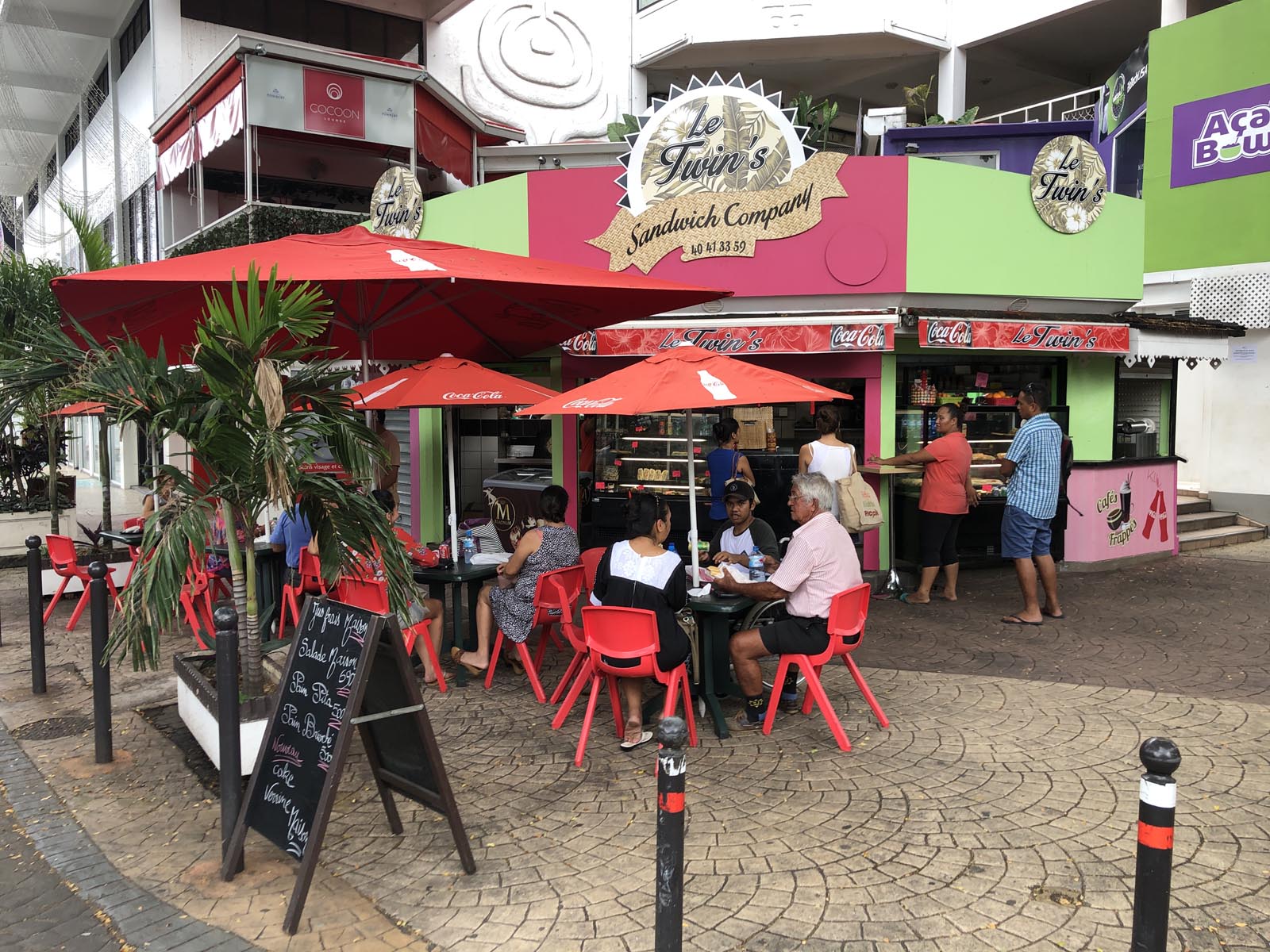

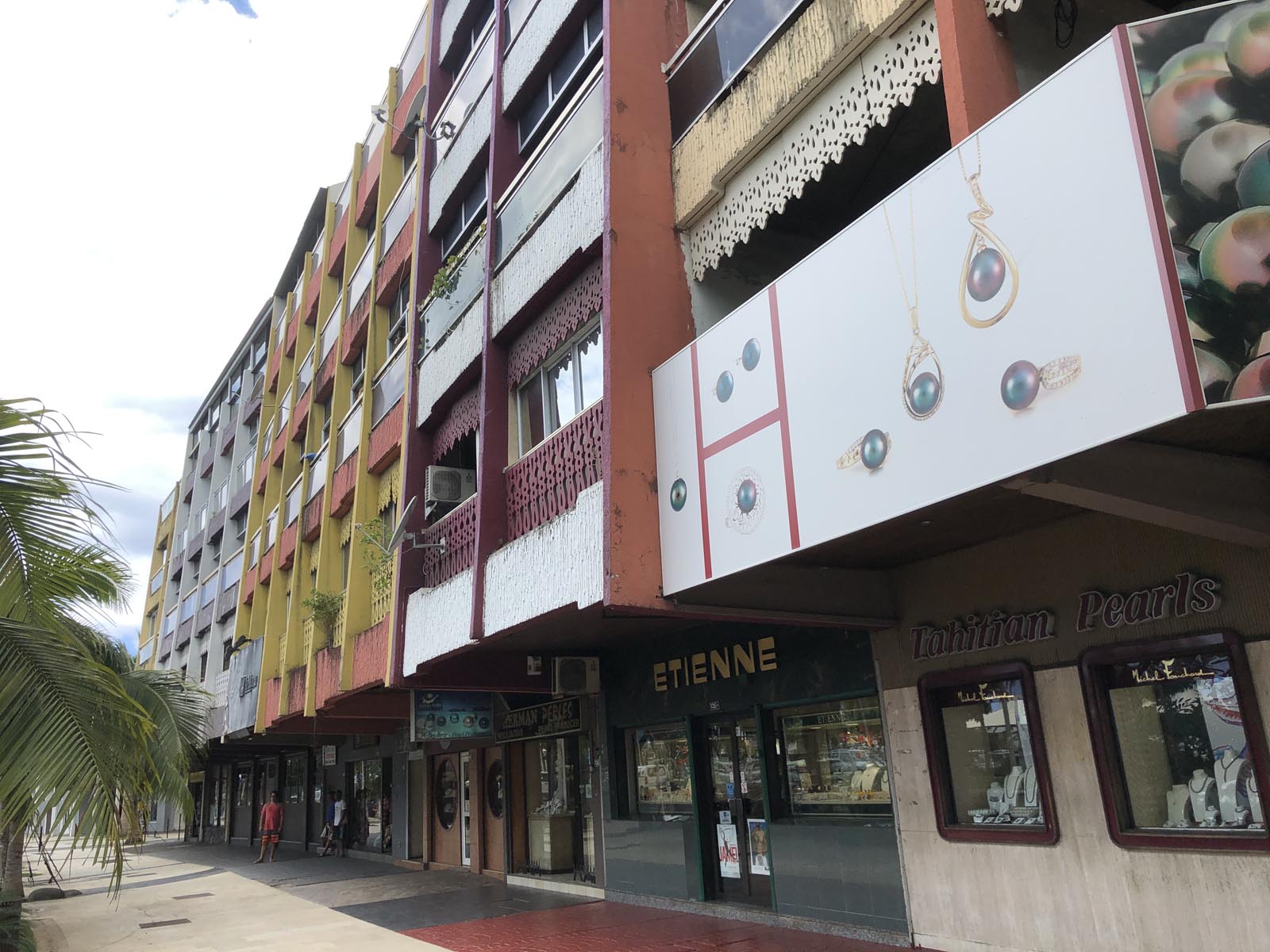
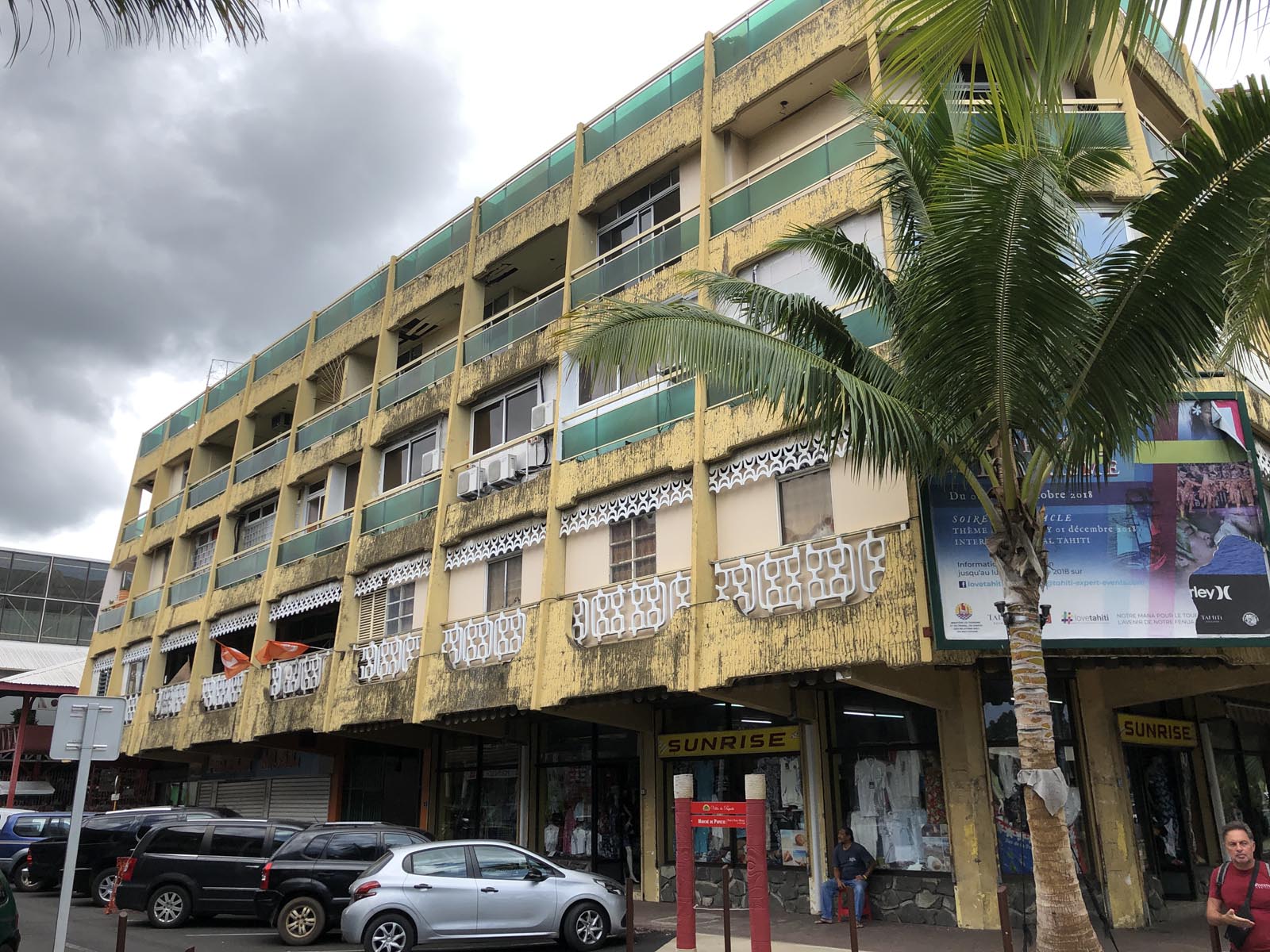
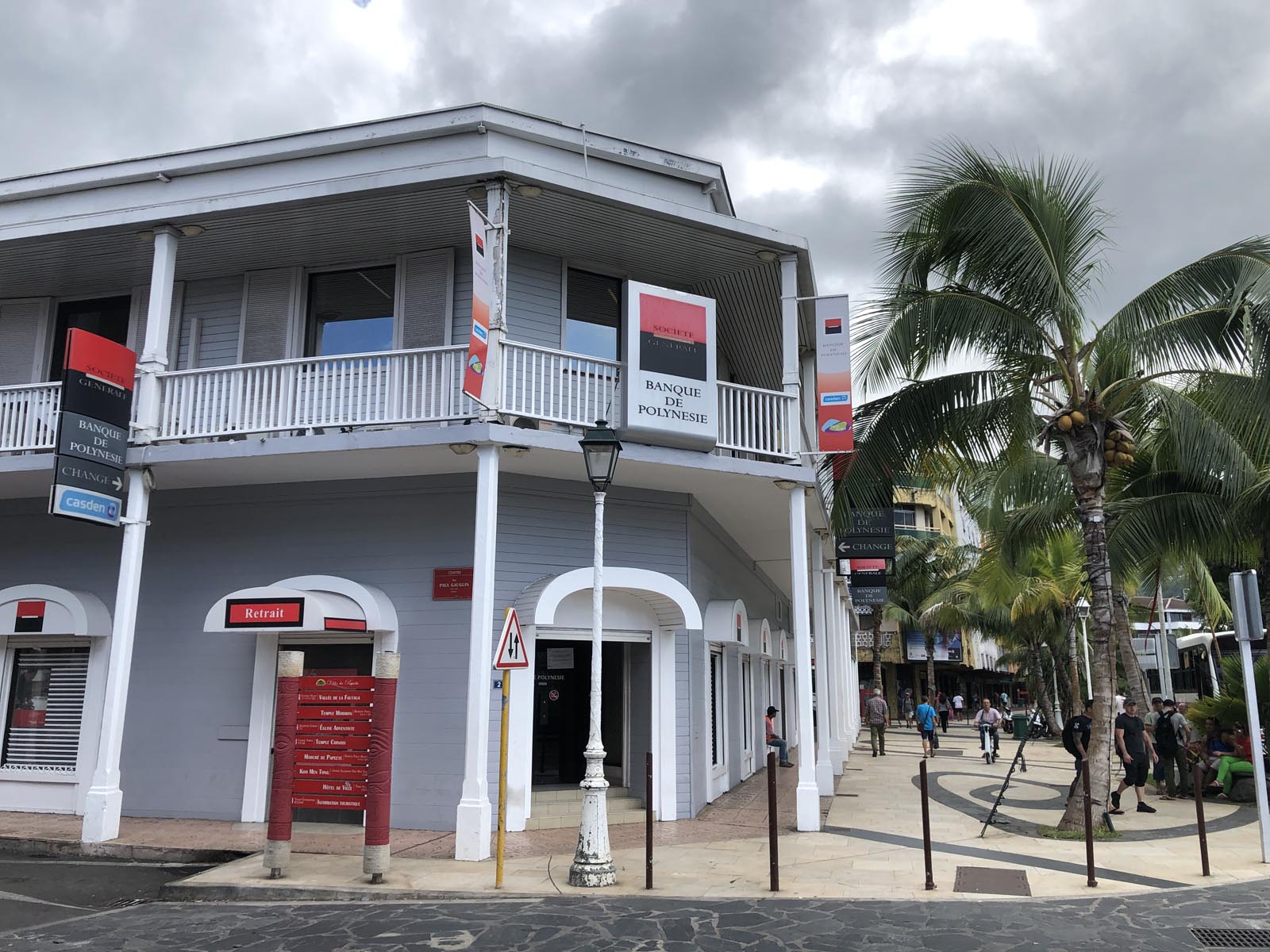

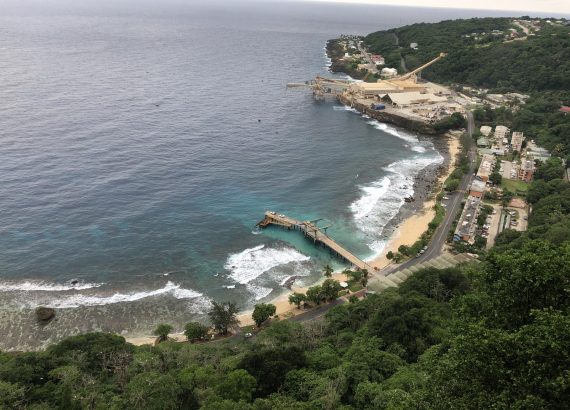
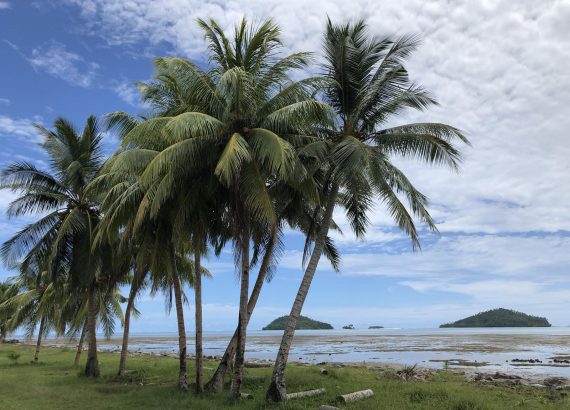
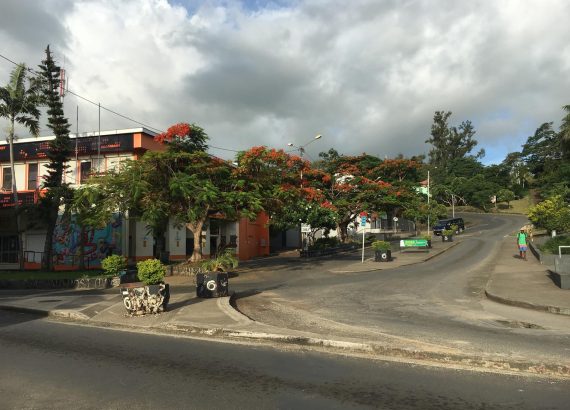
No Comments